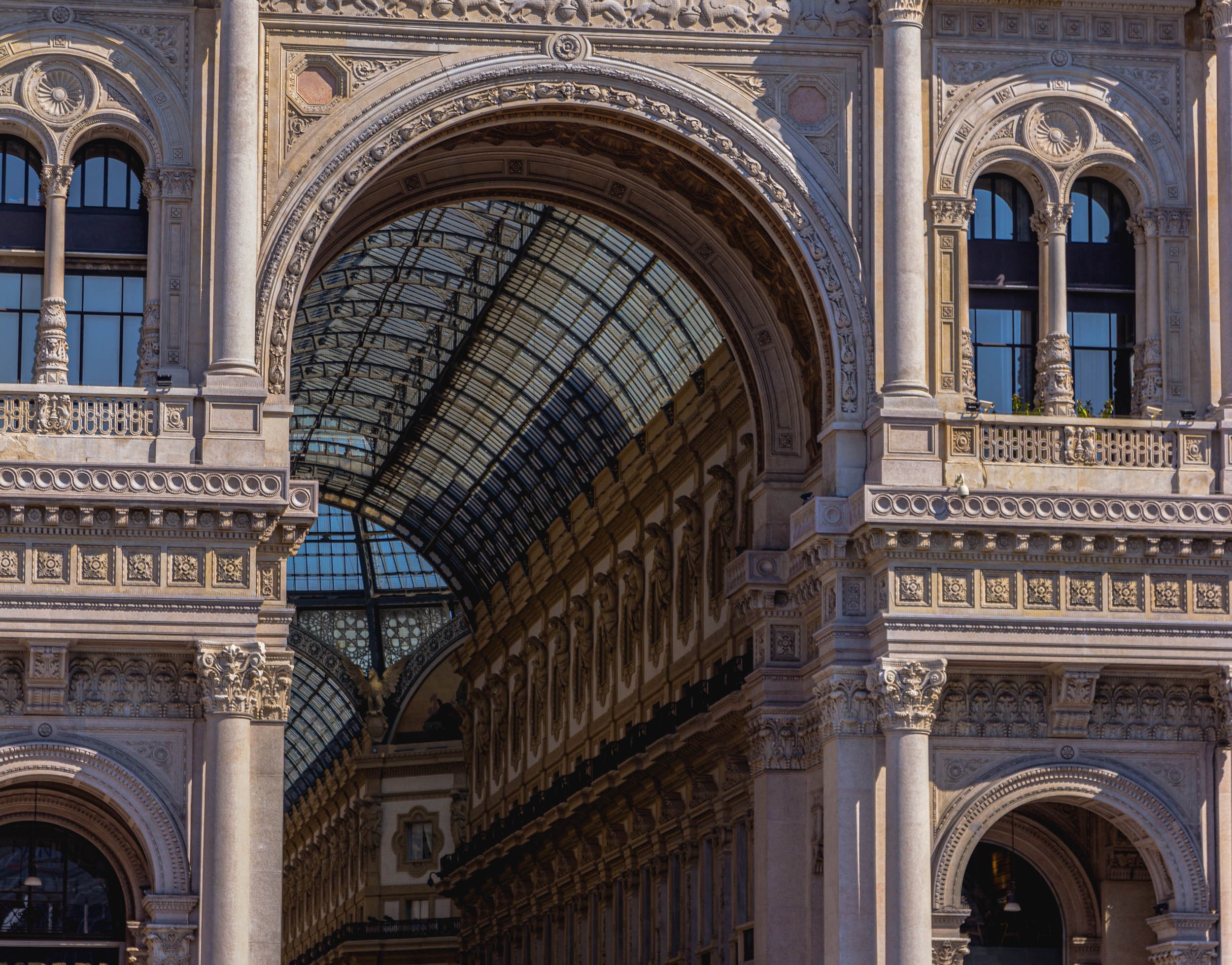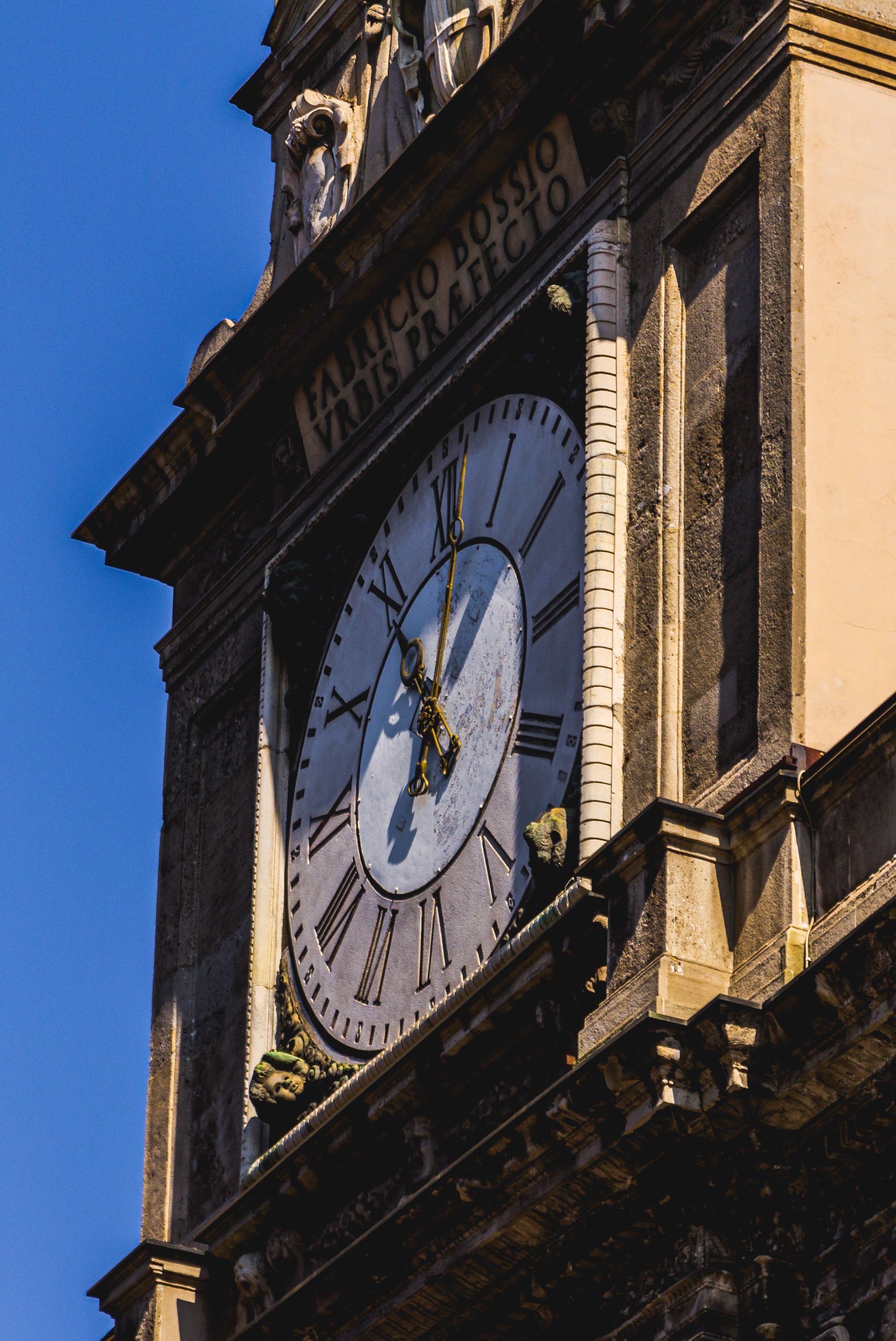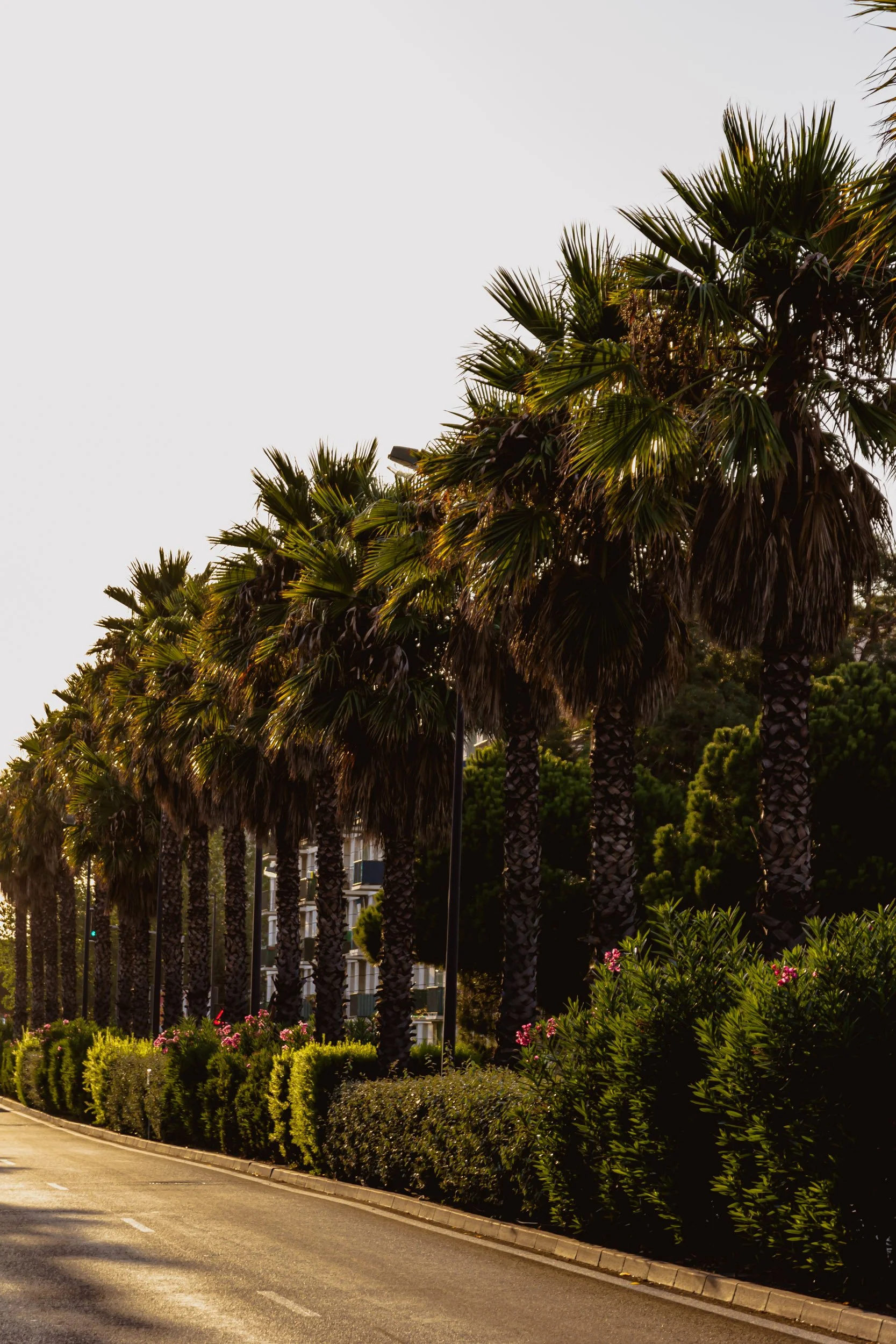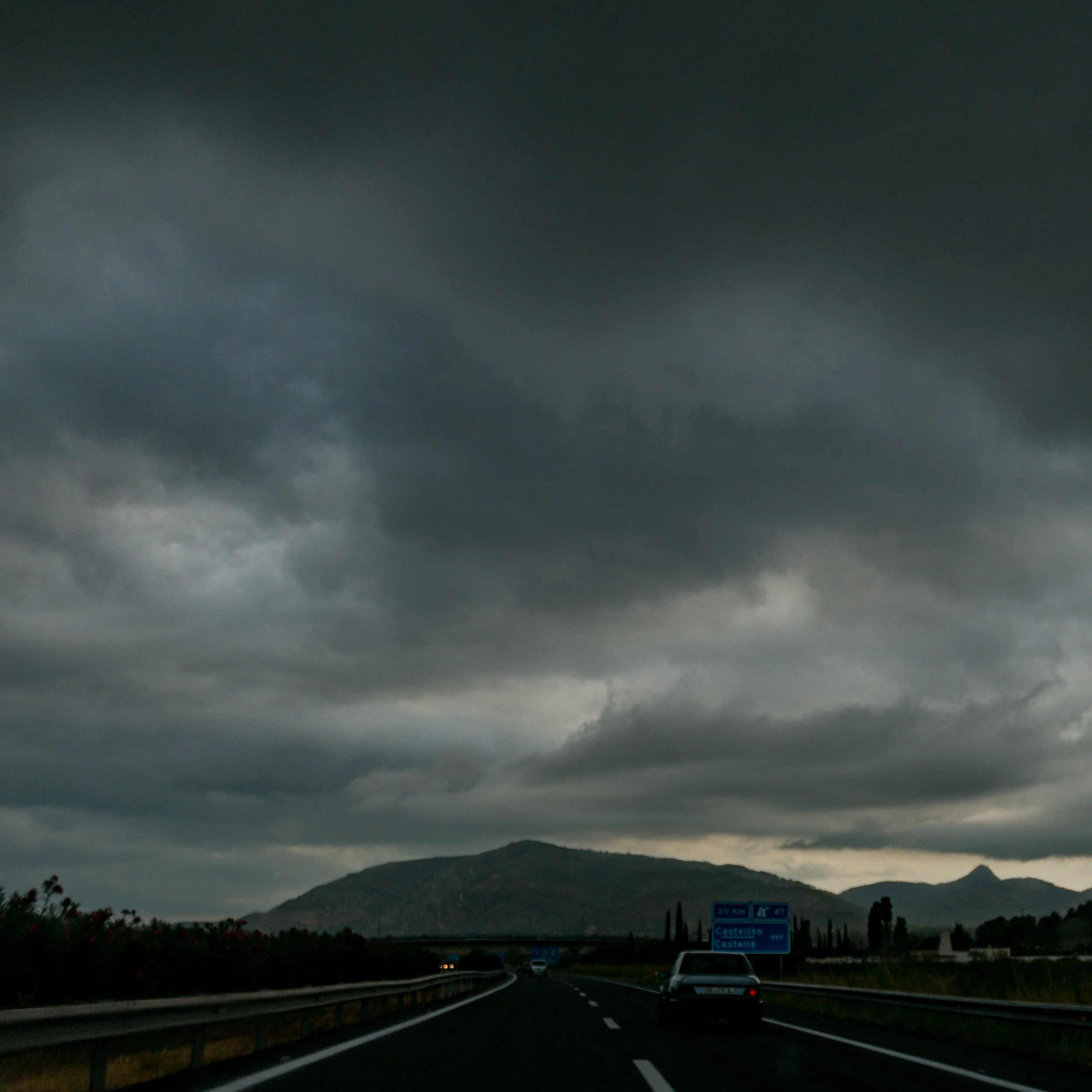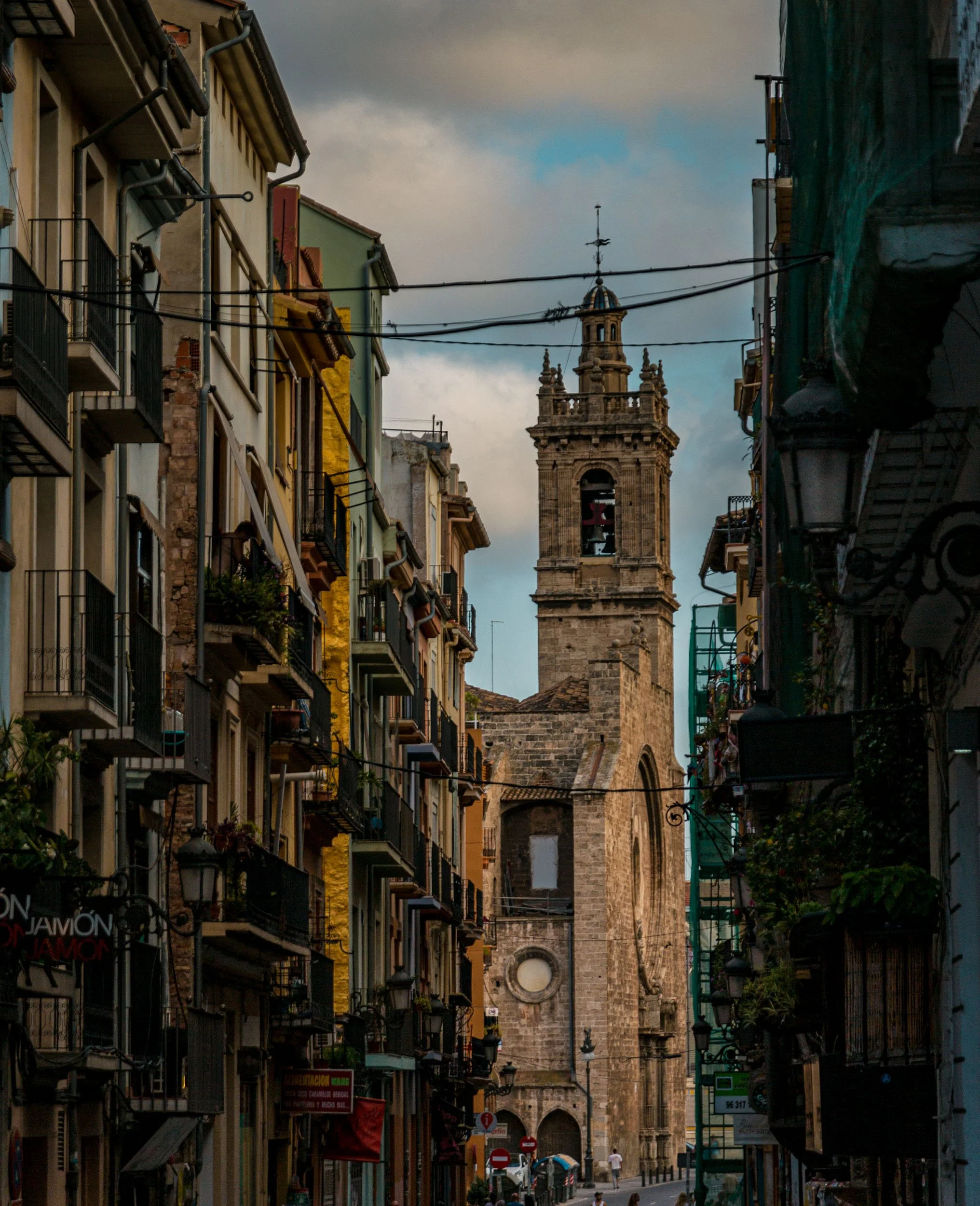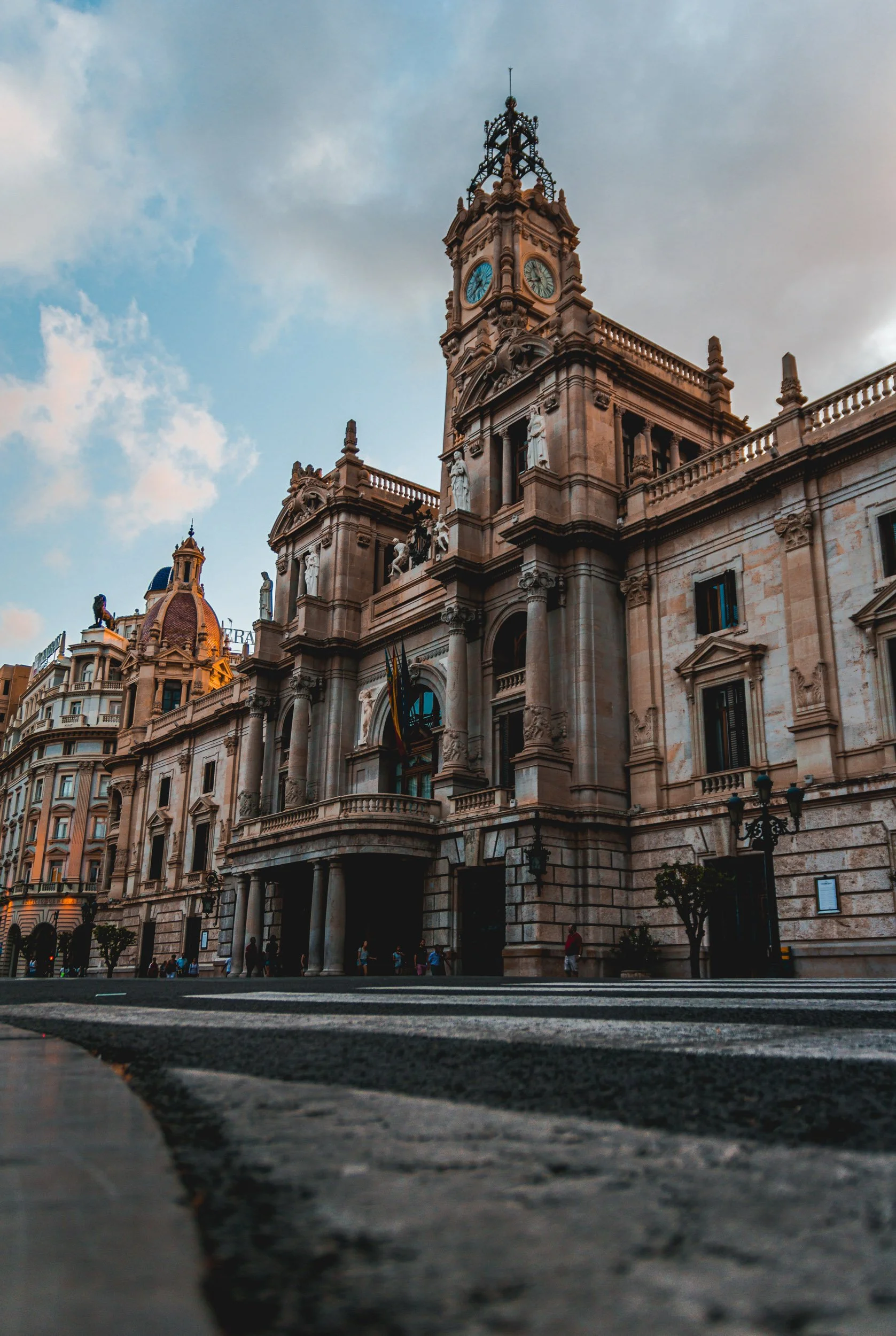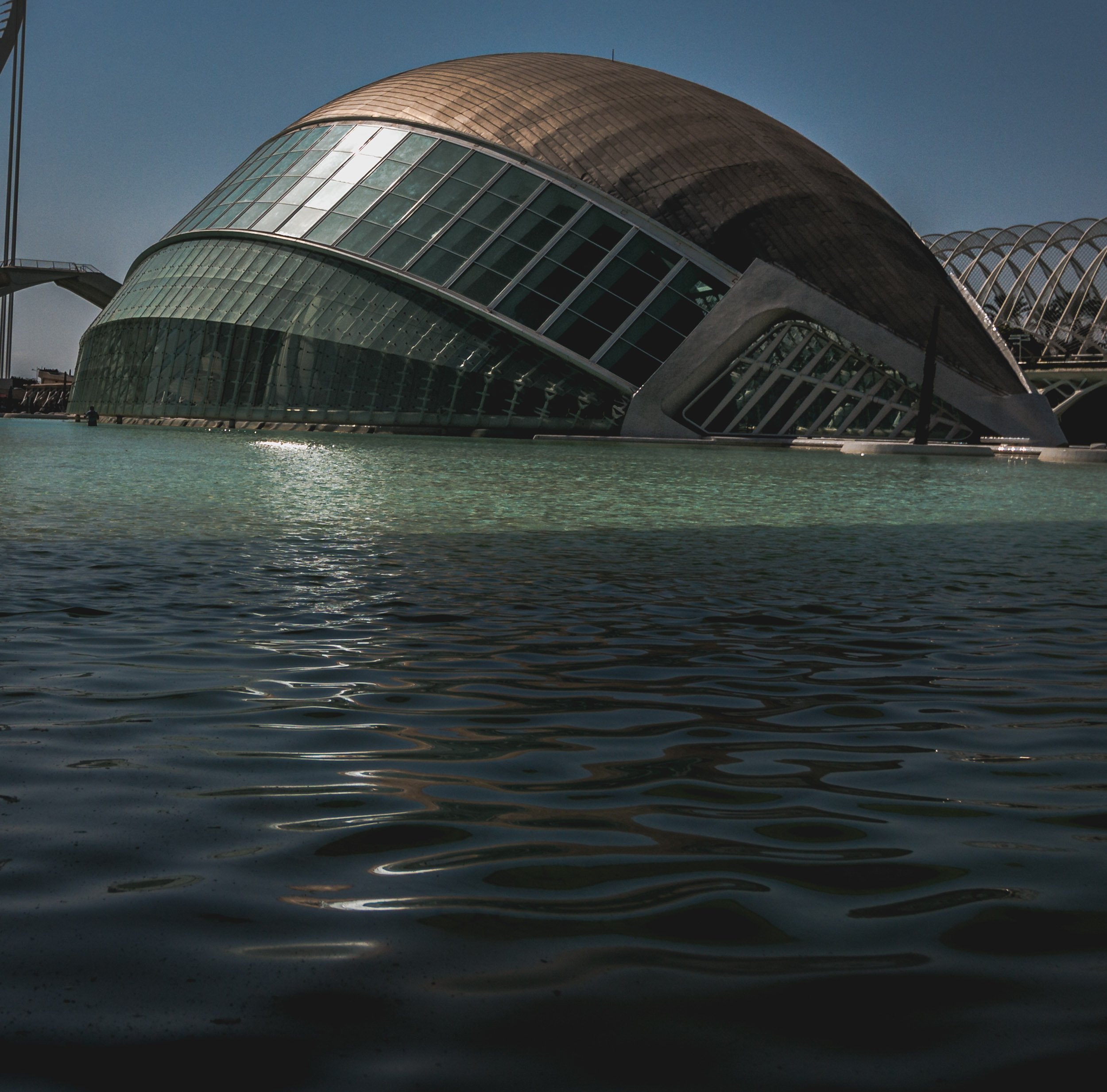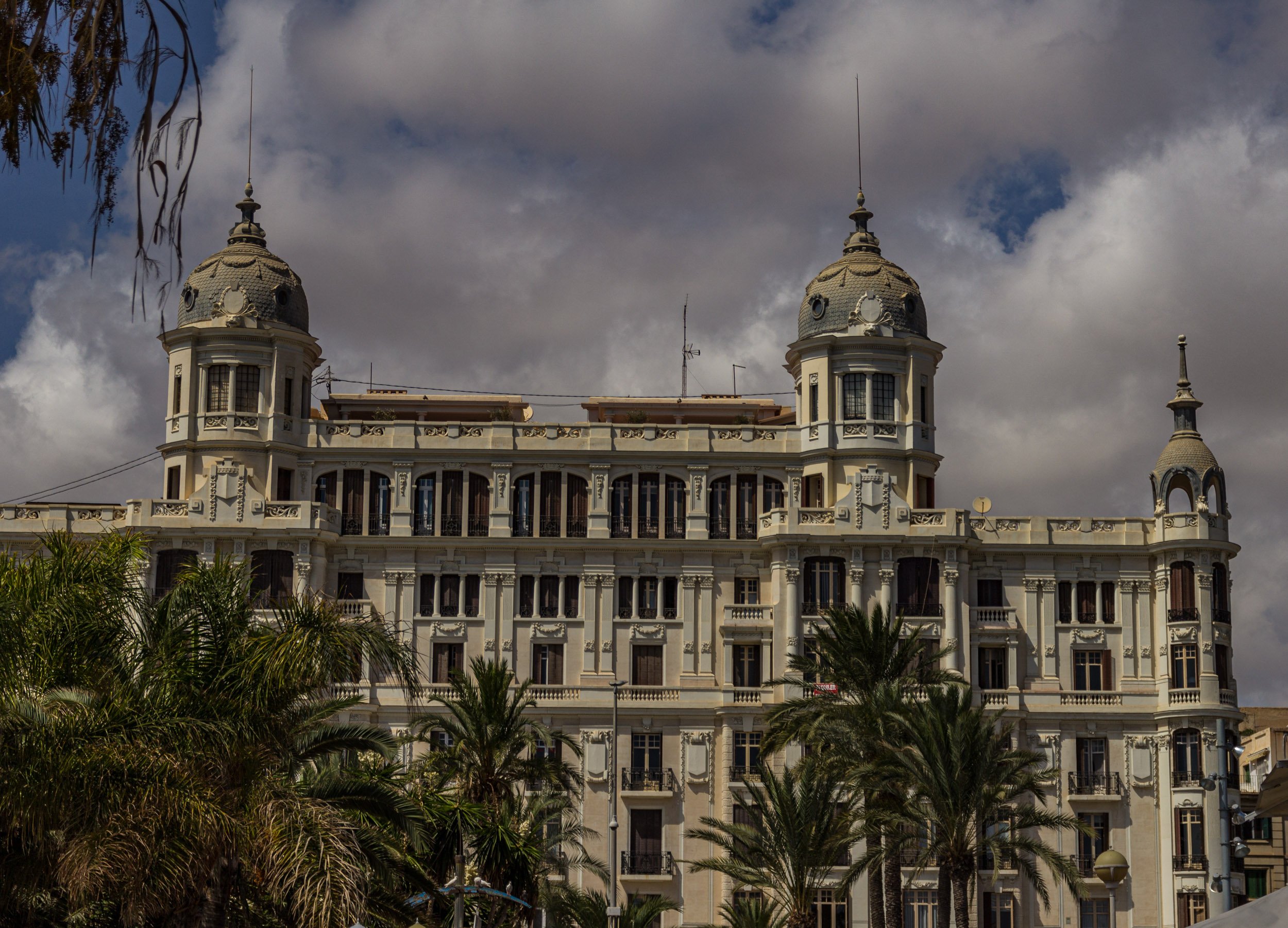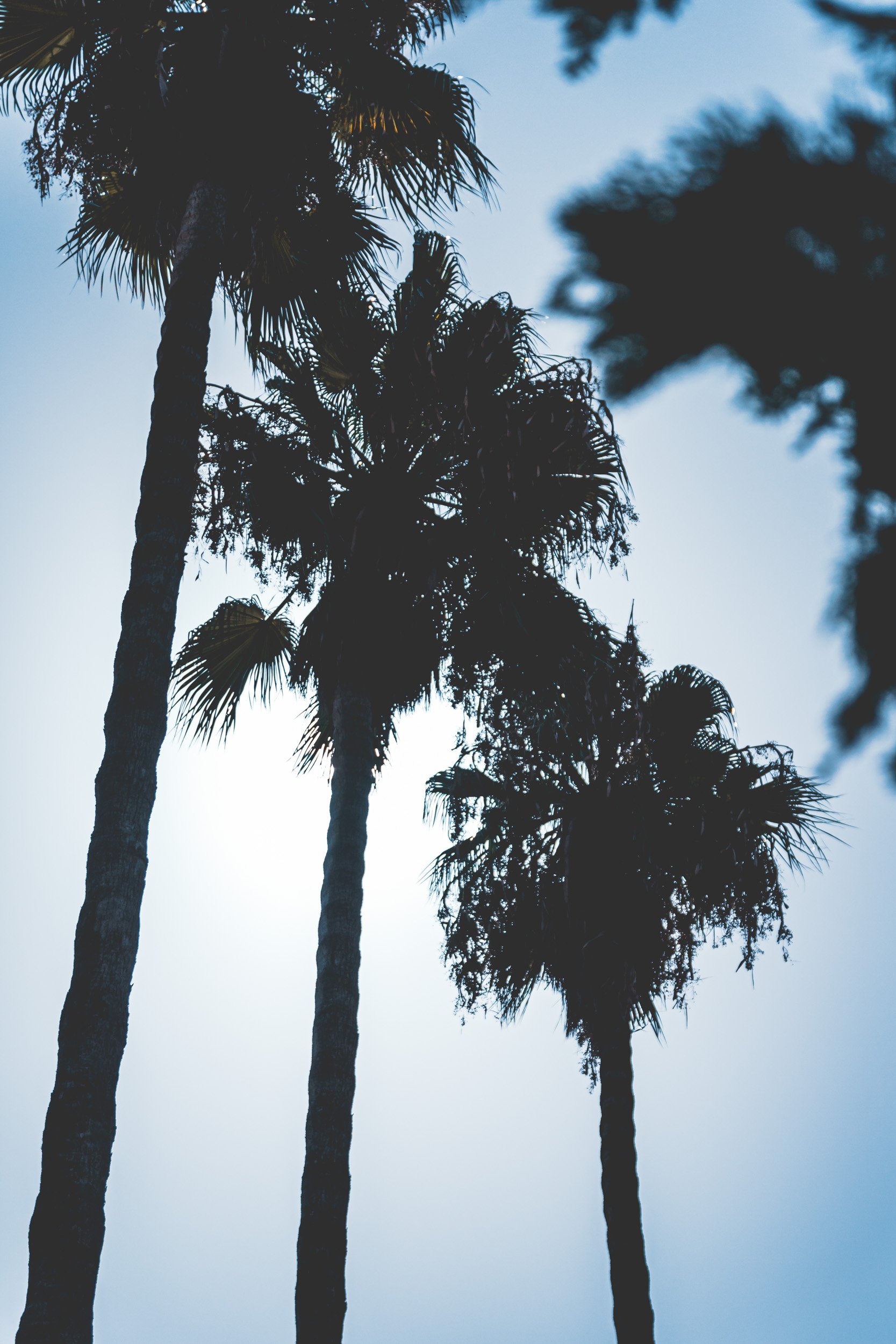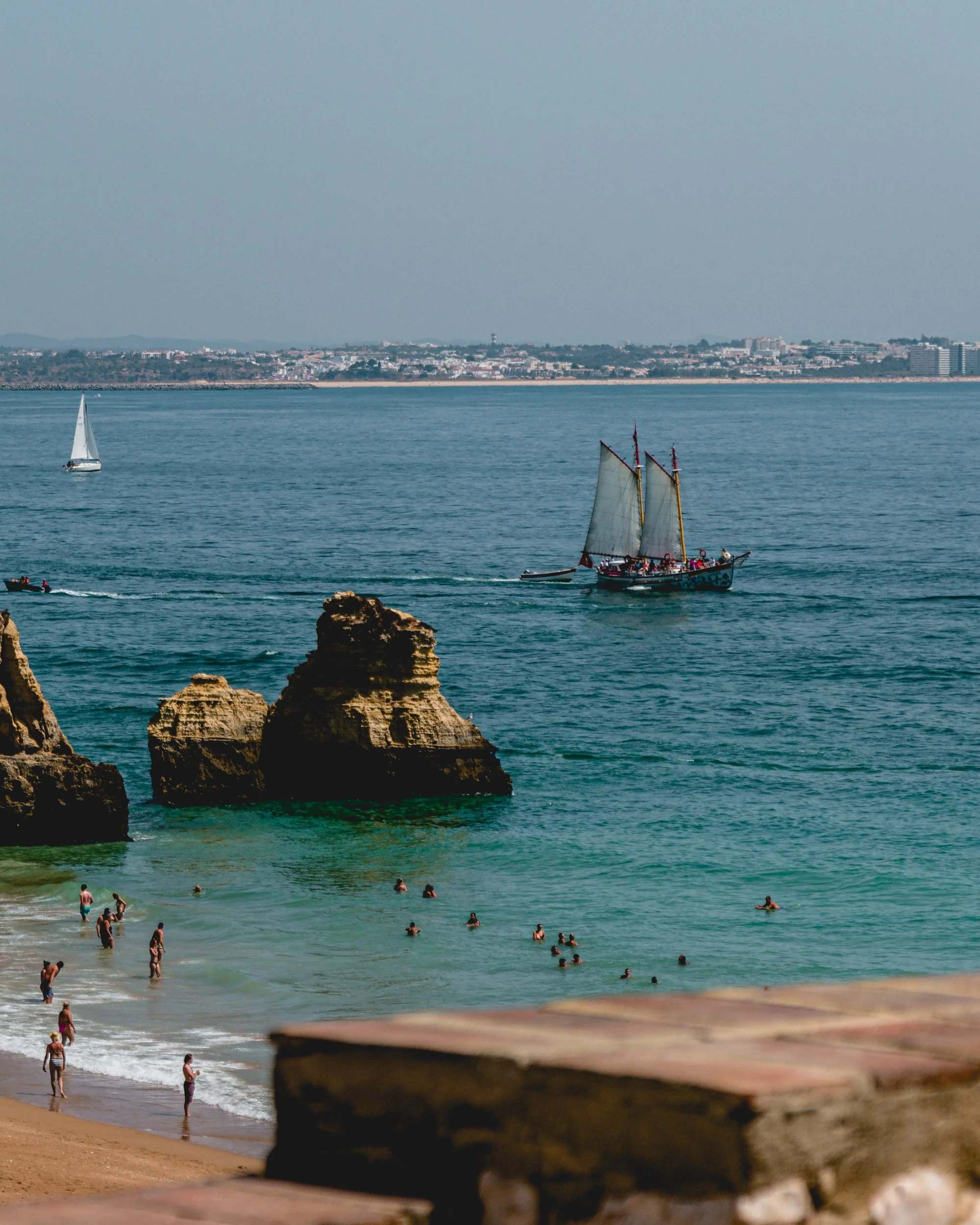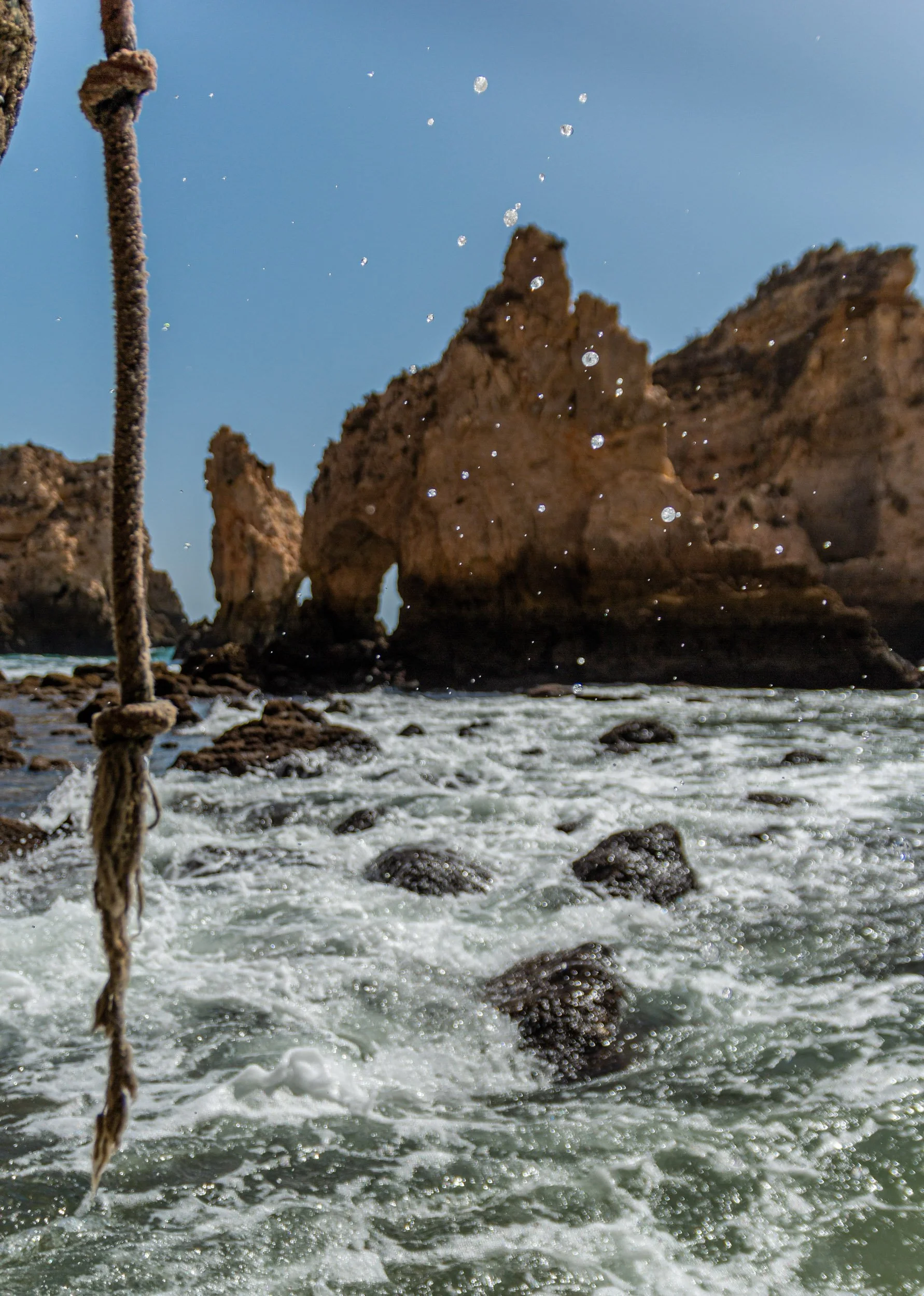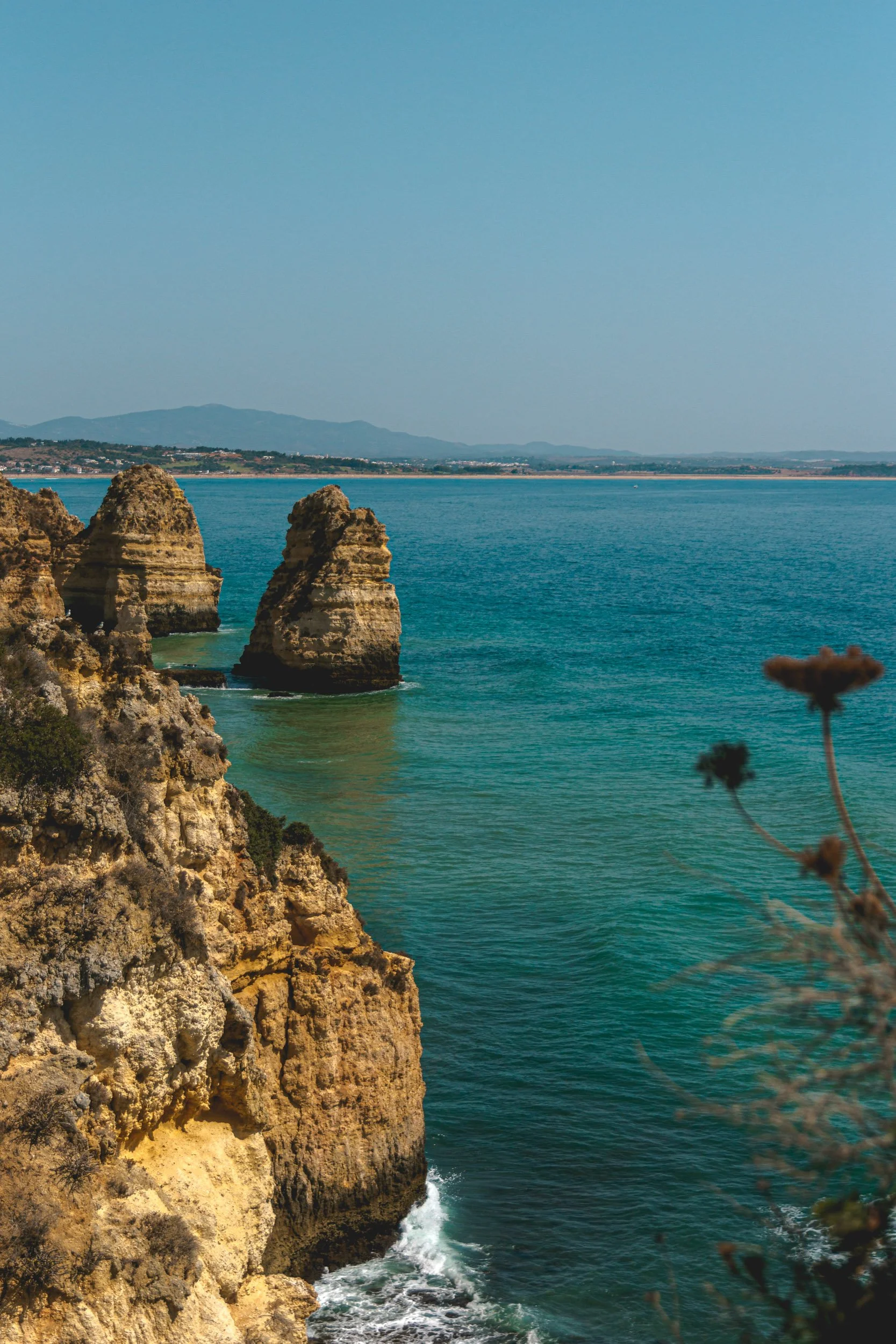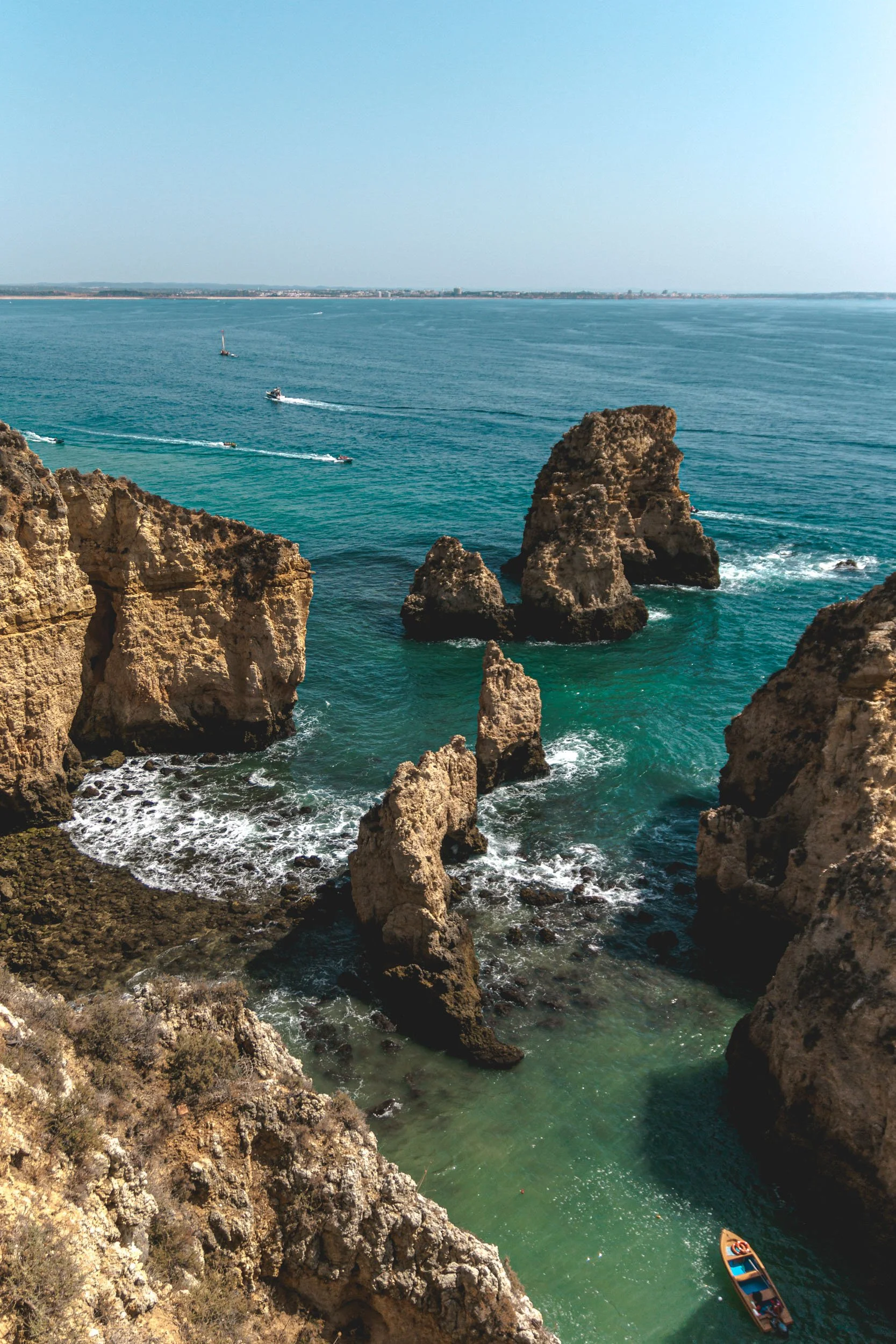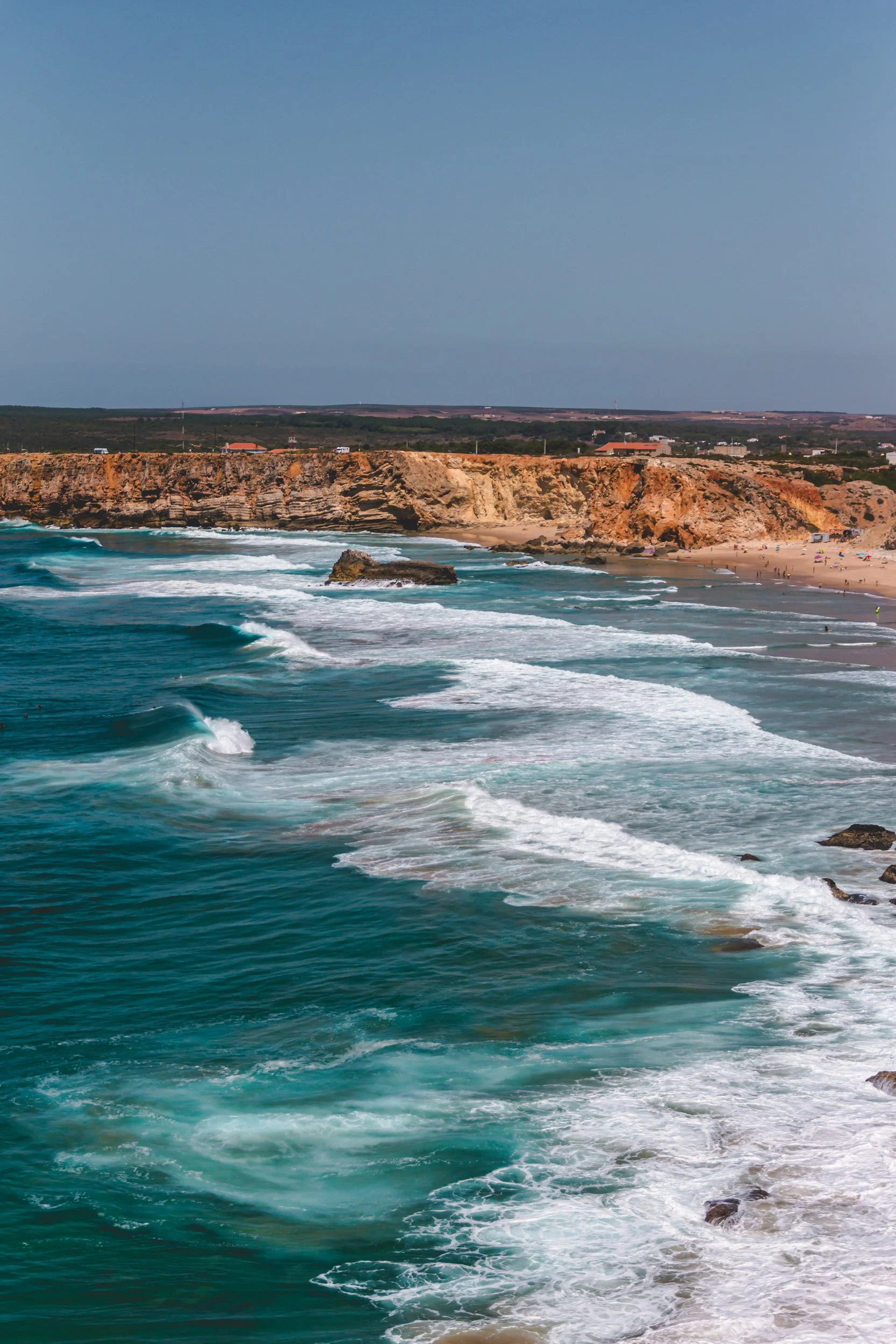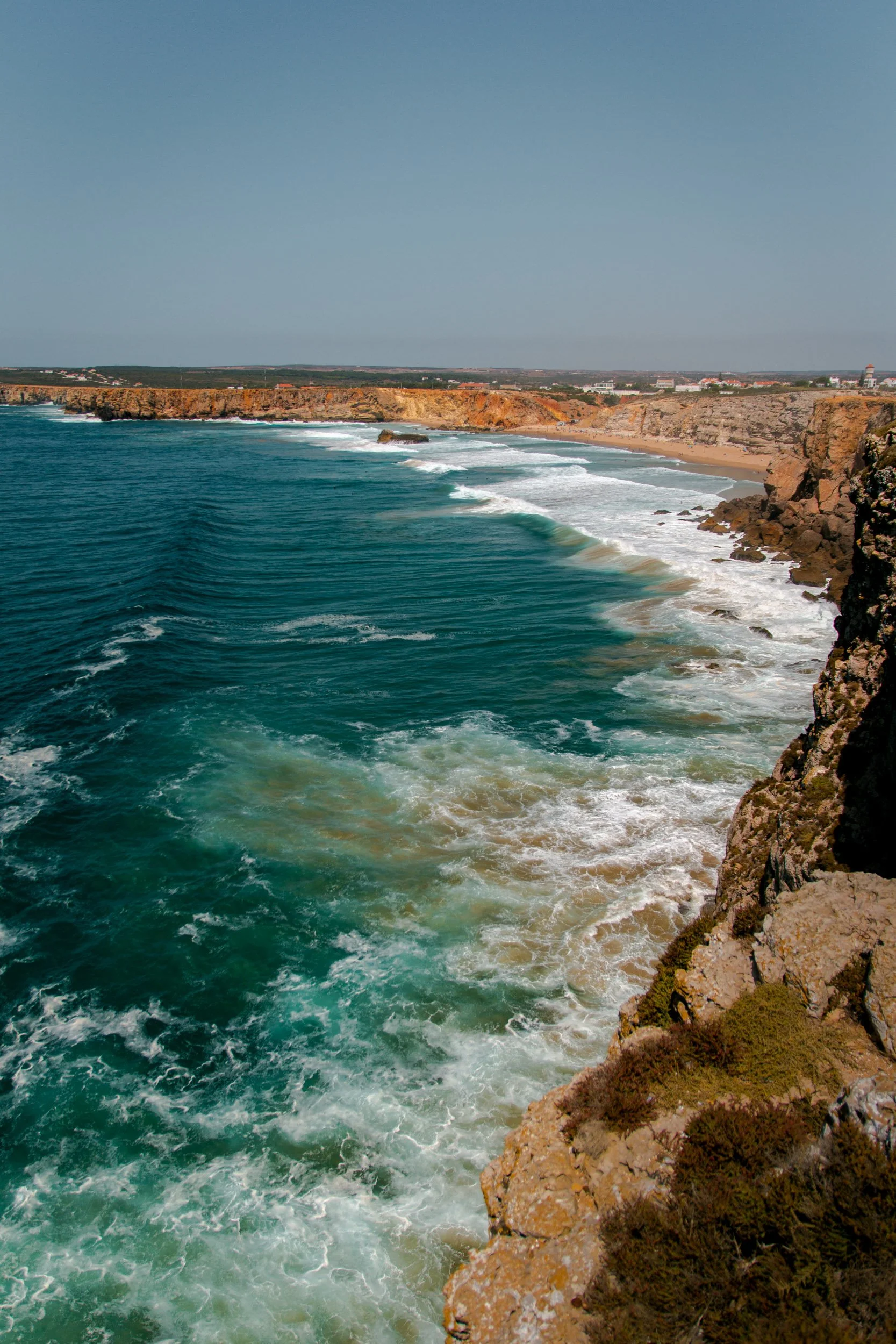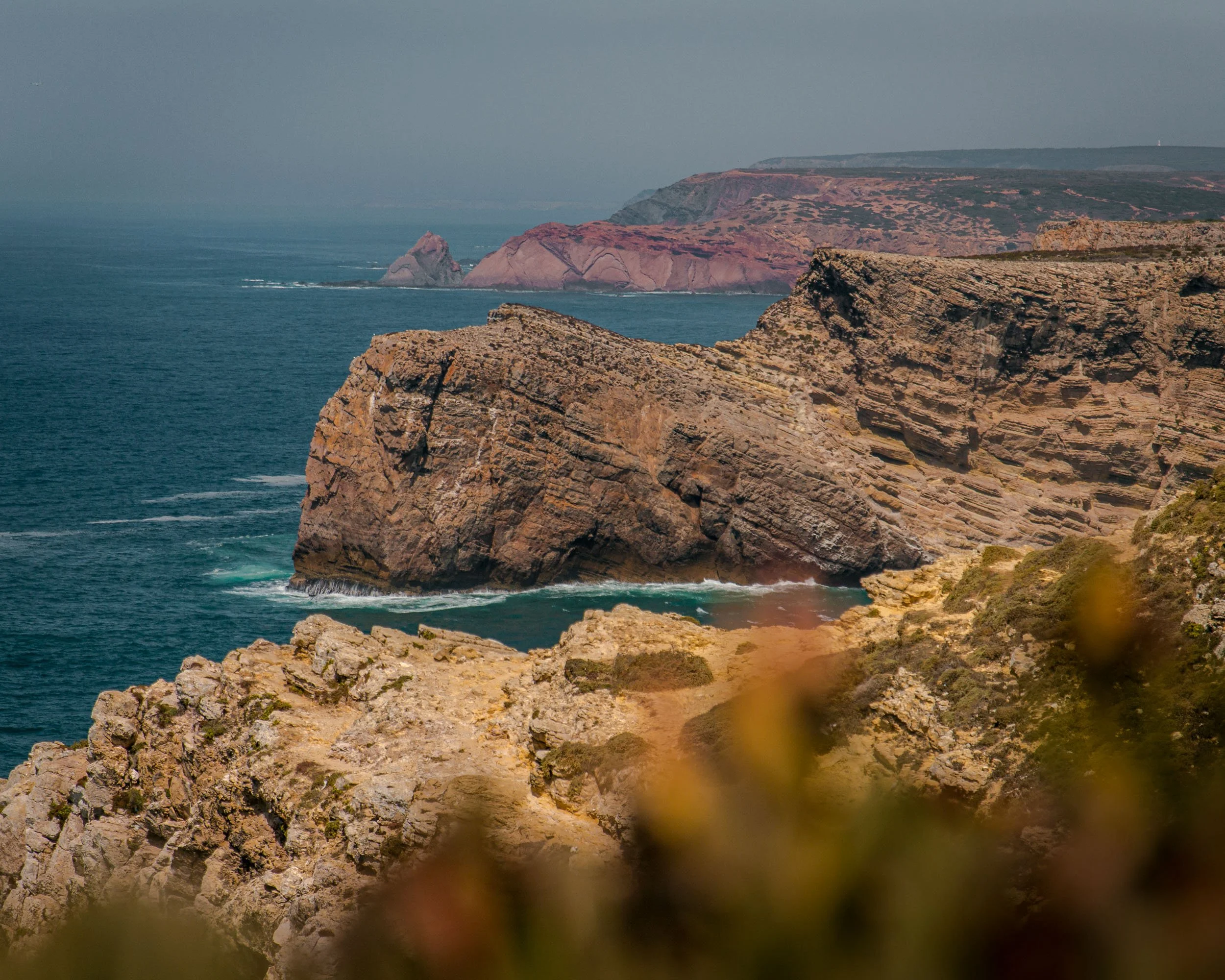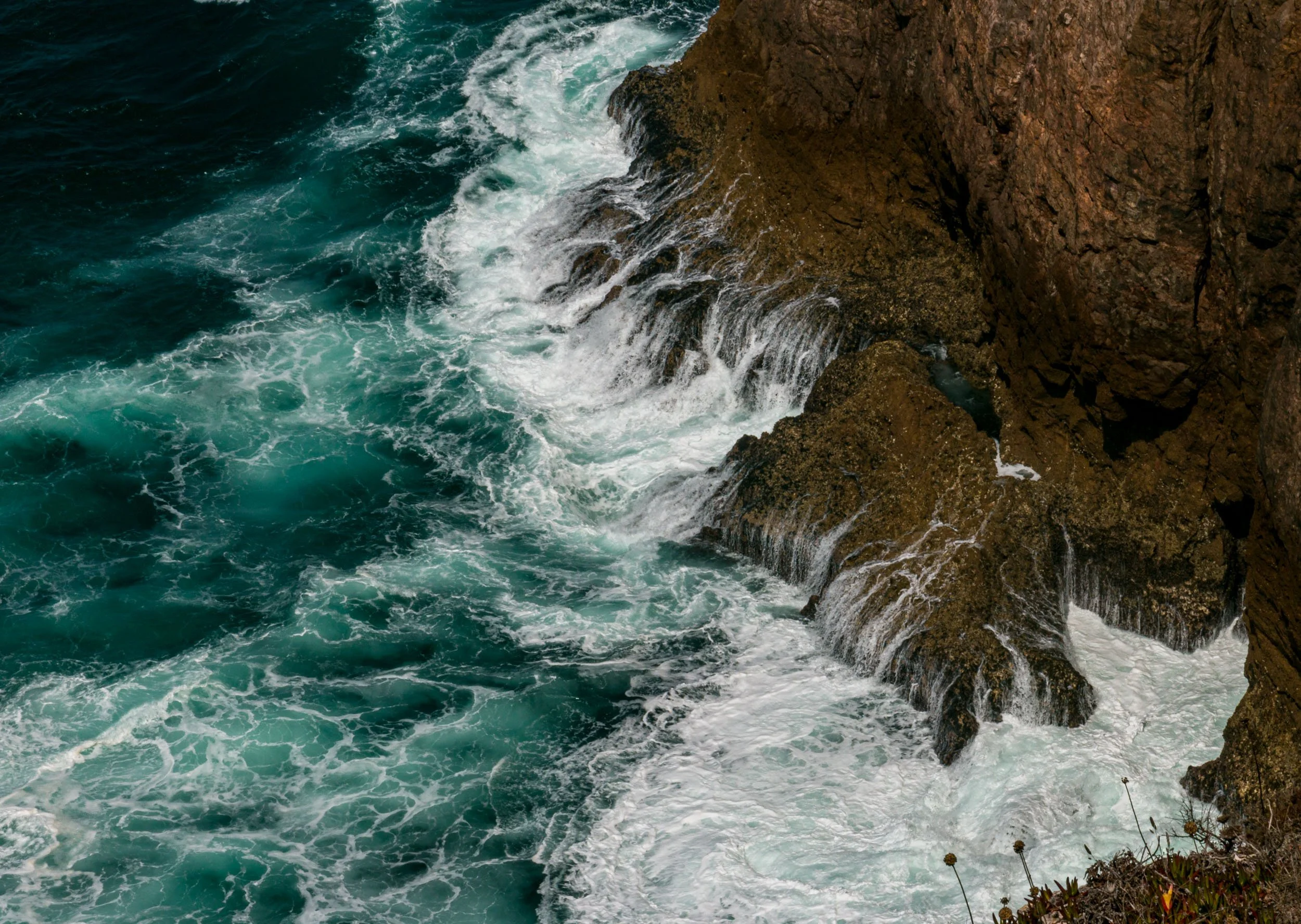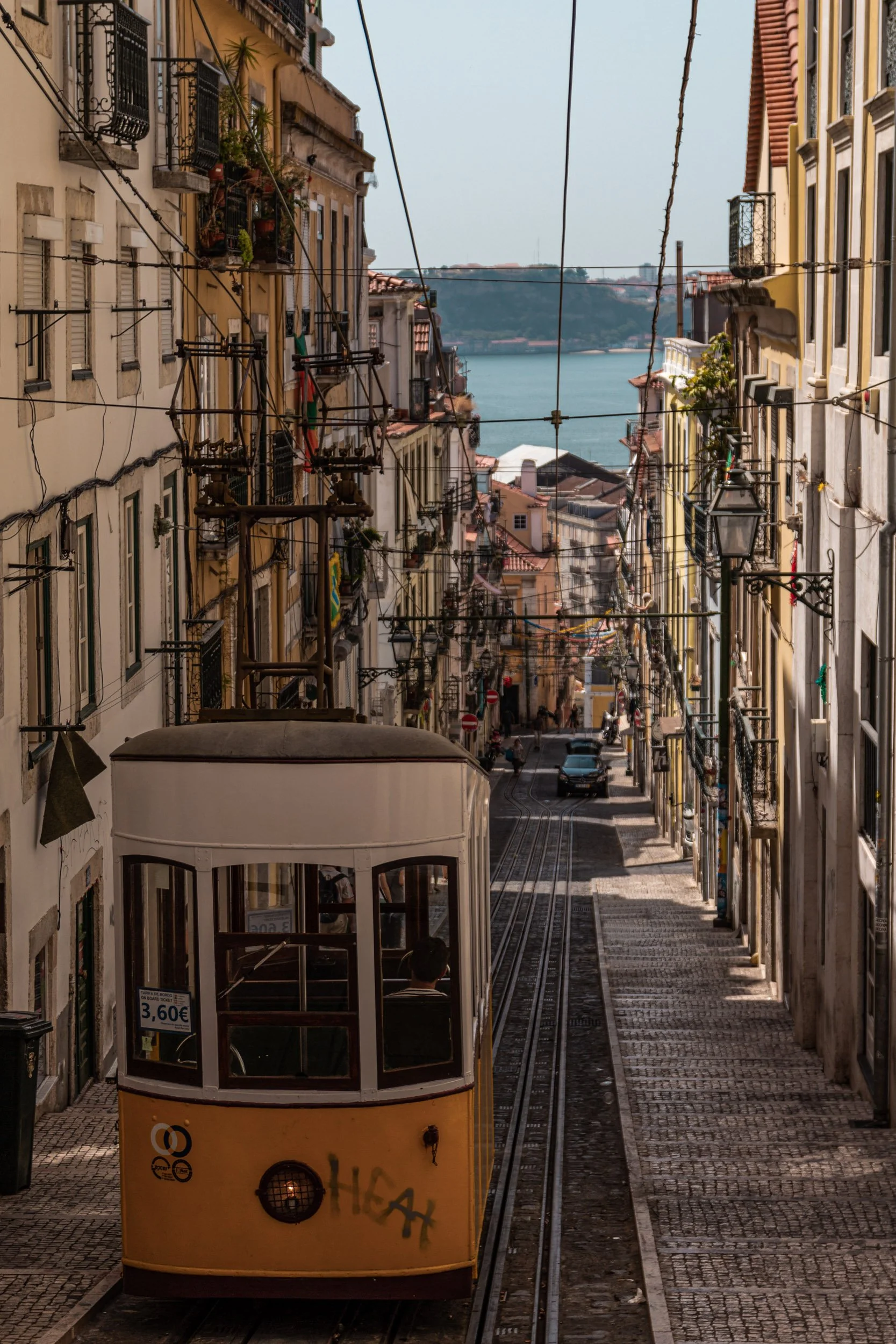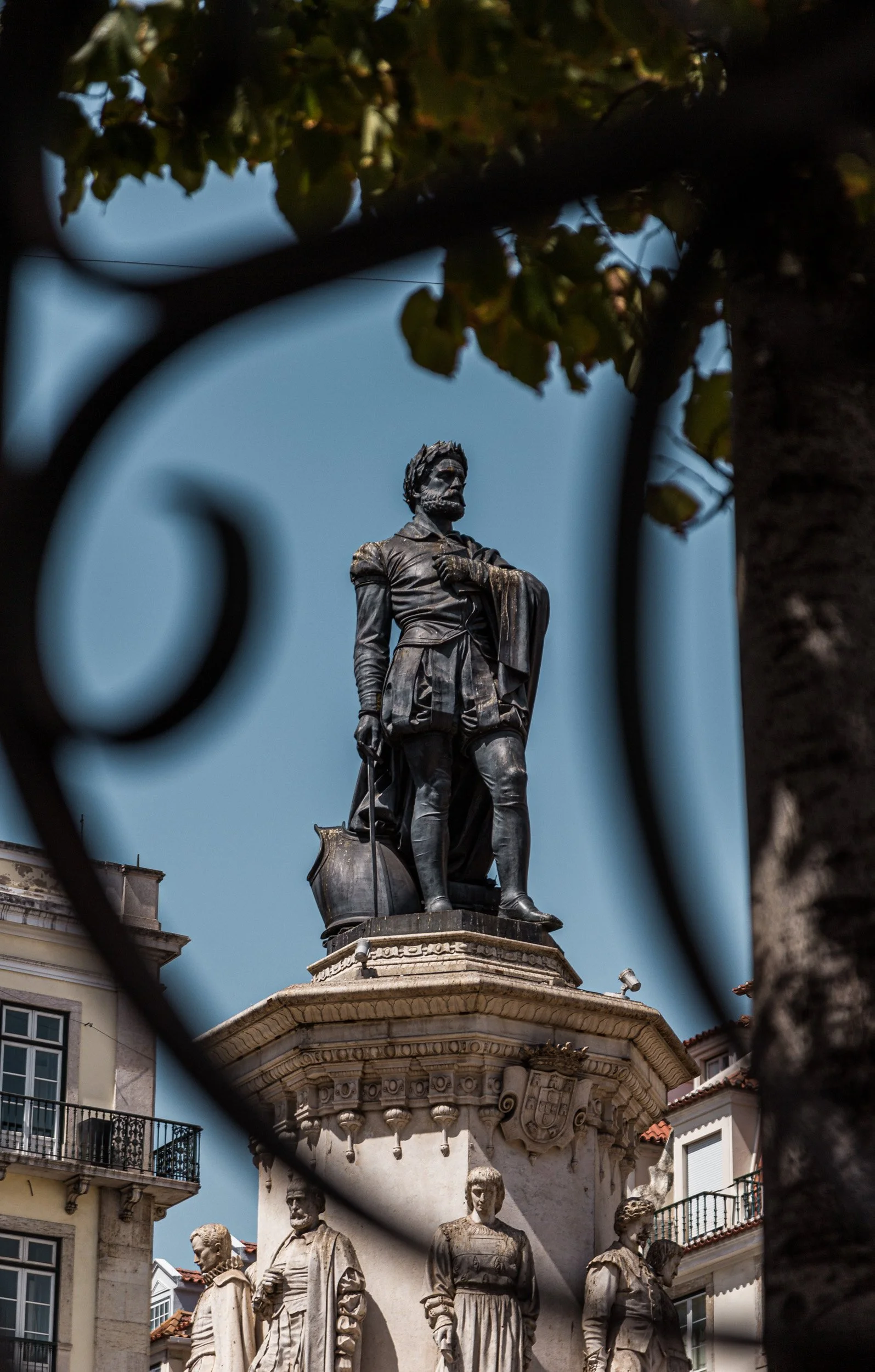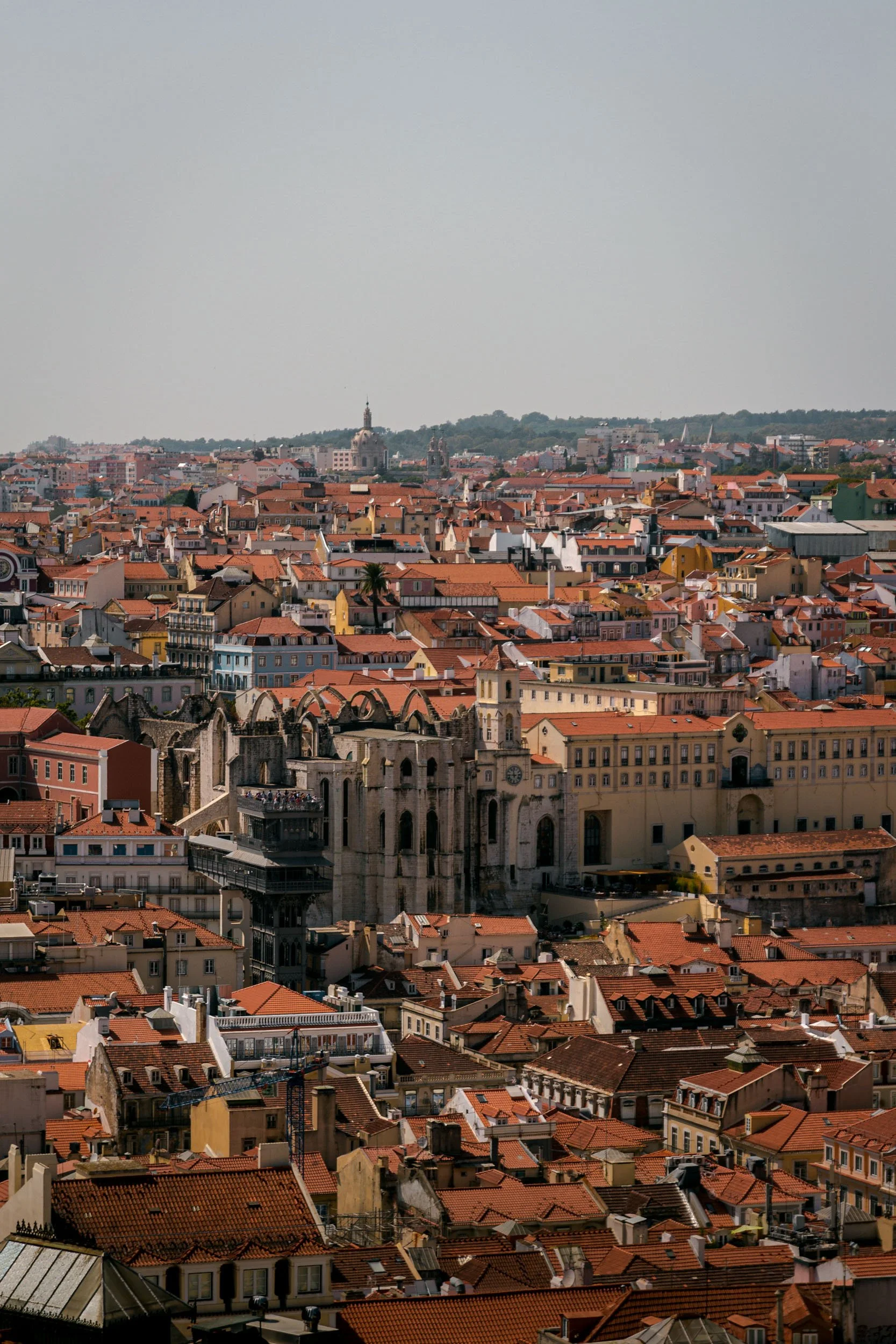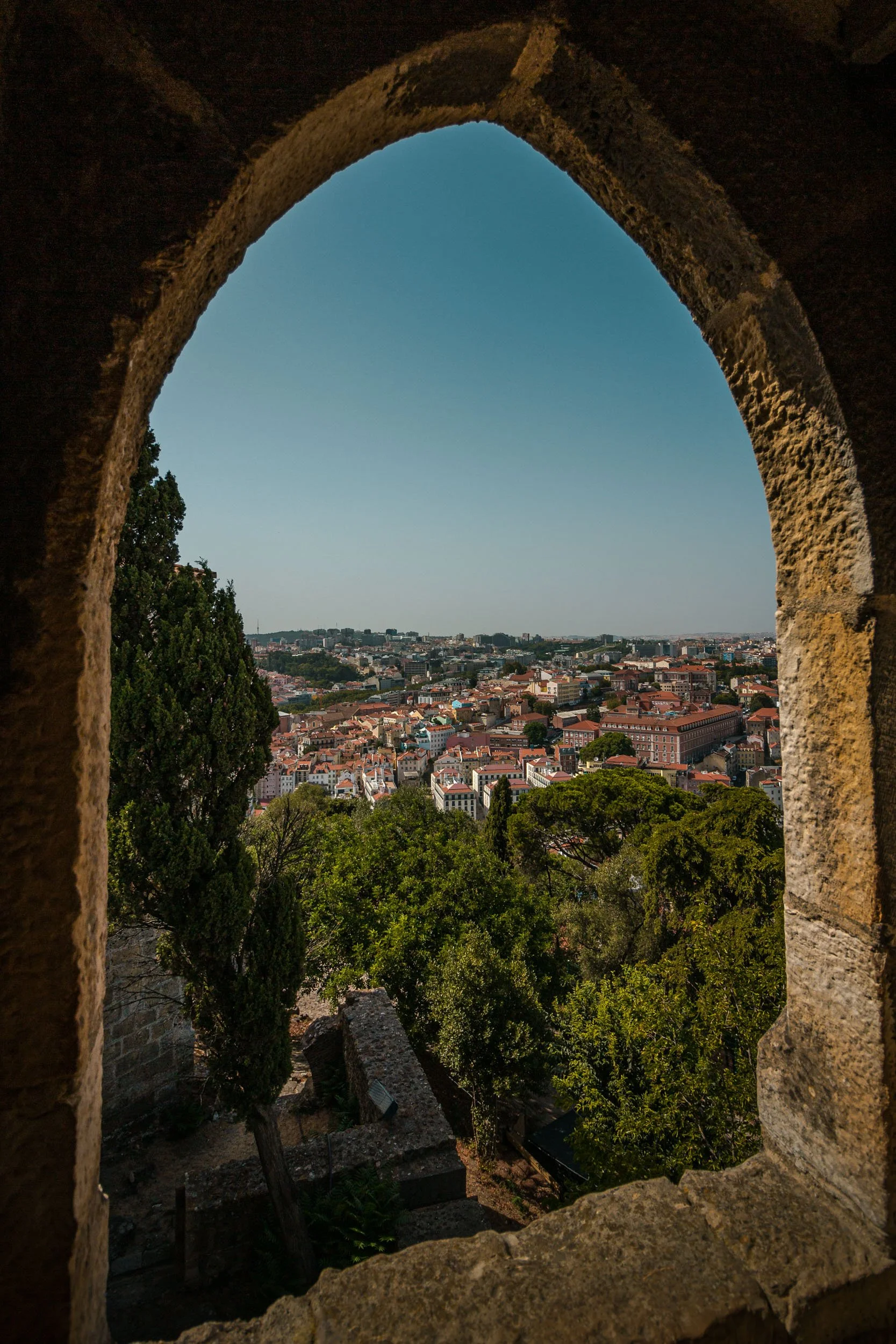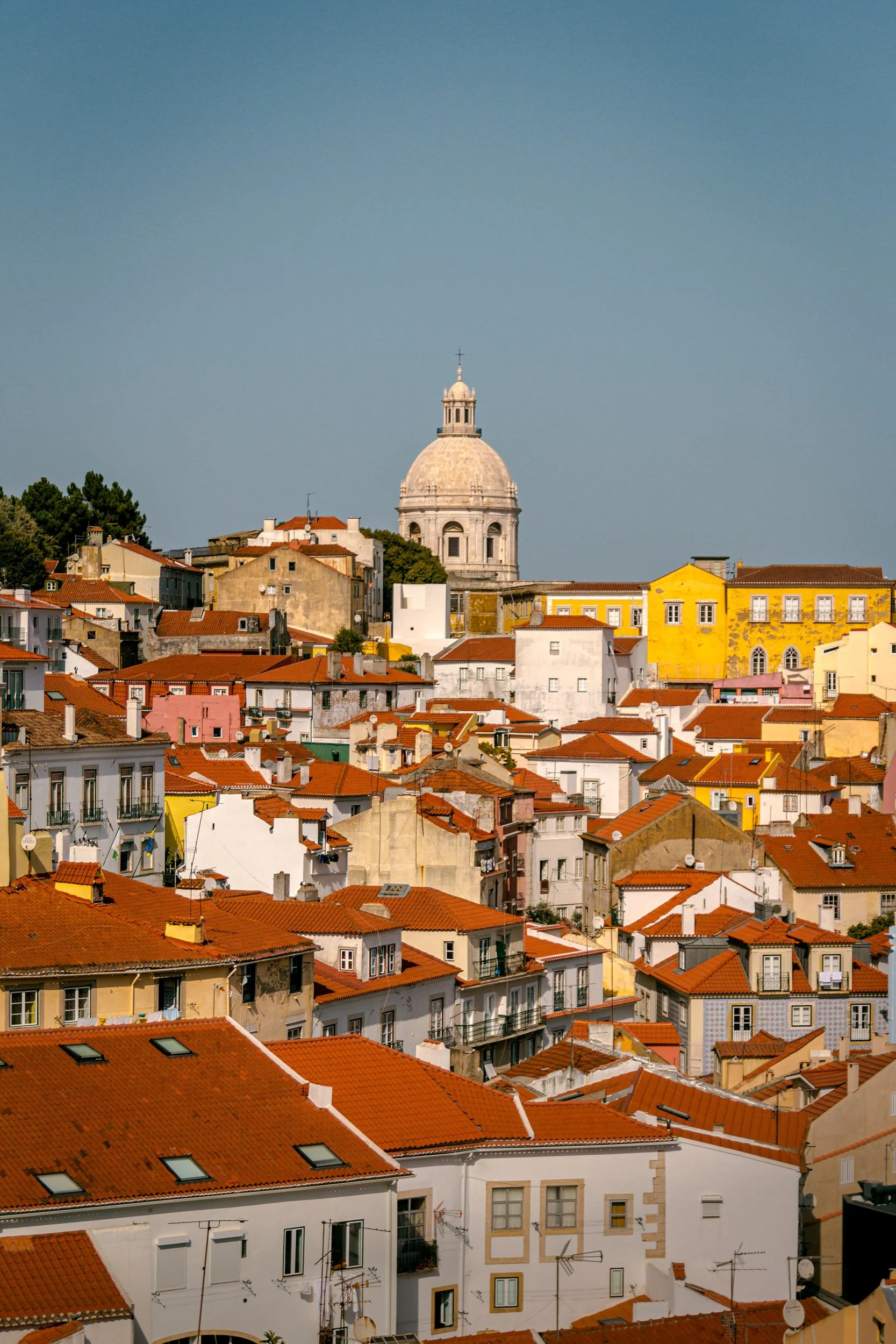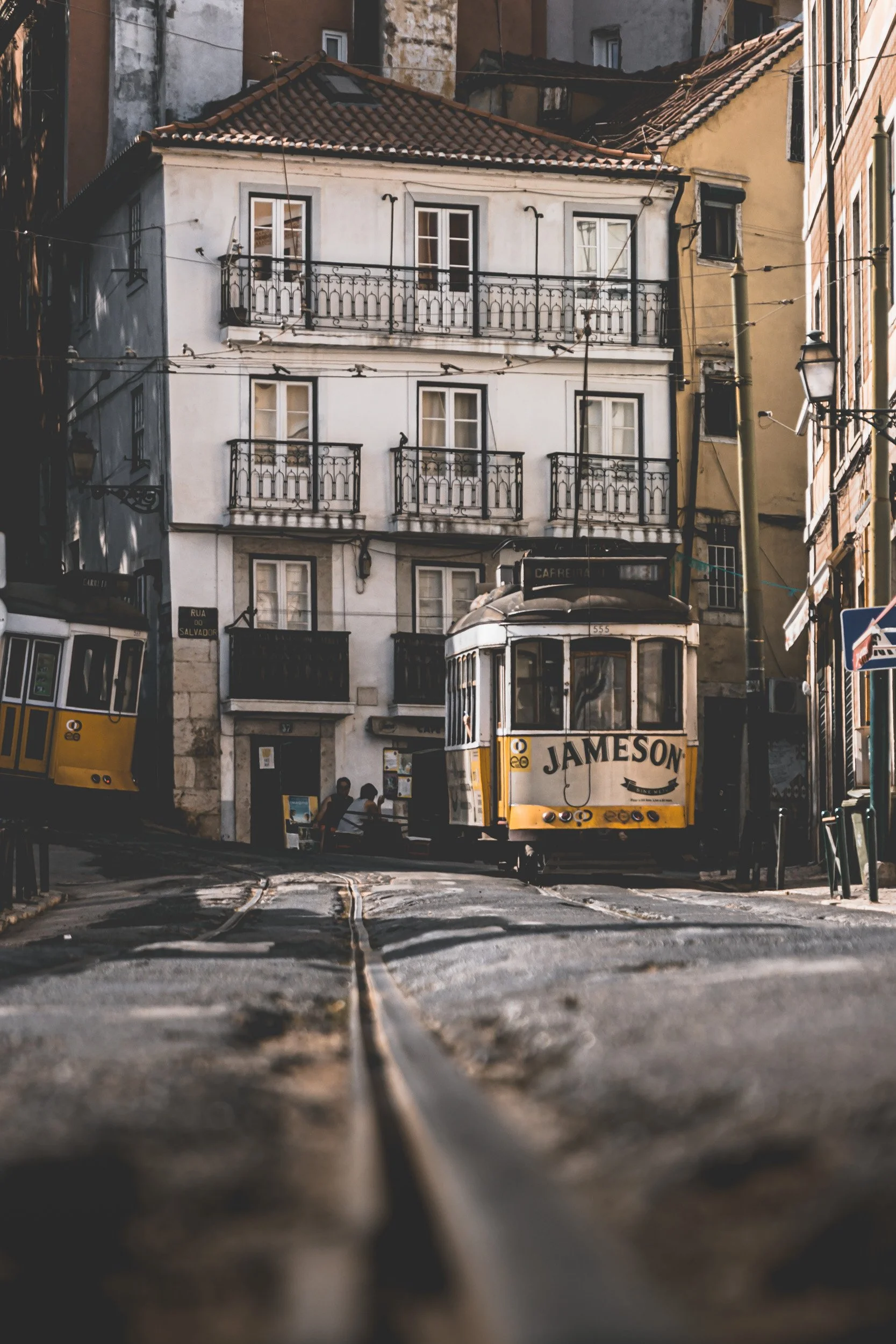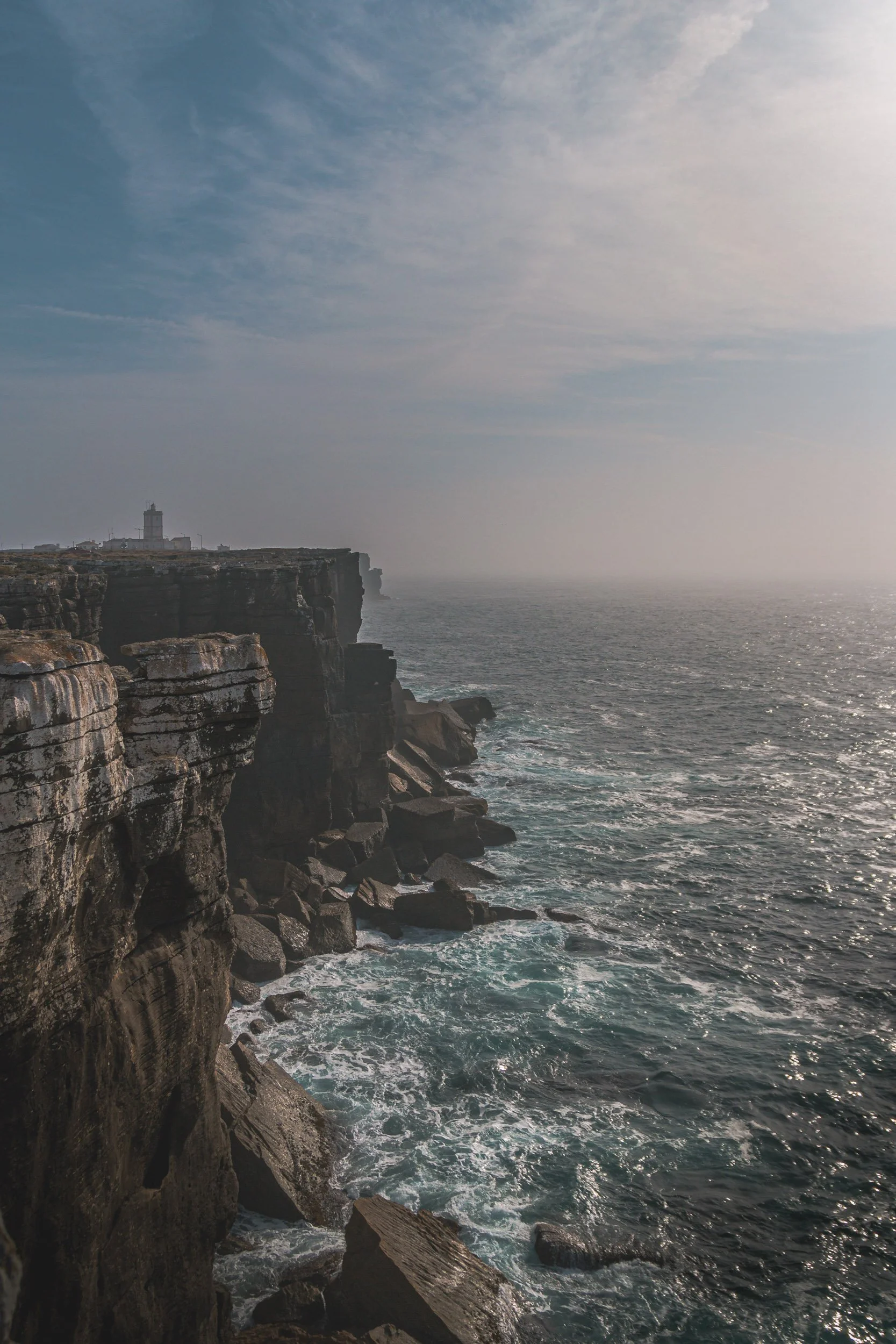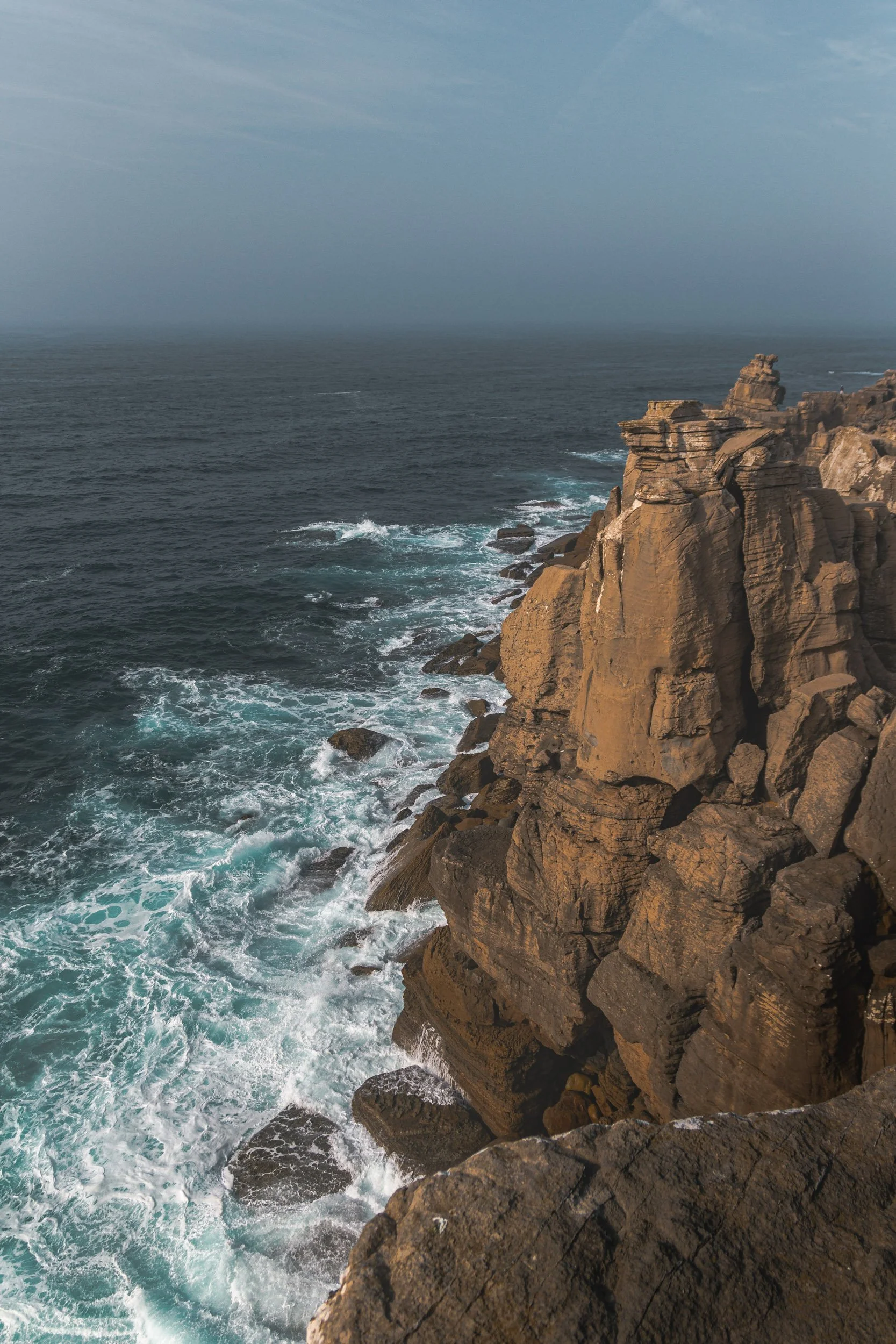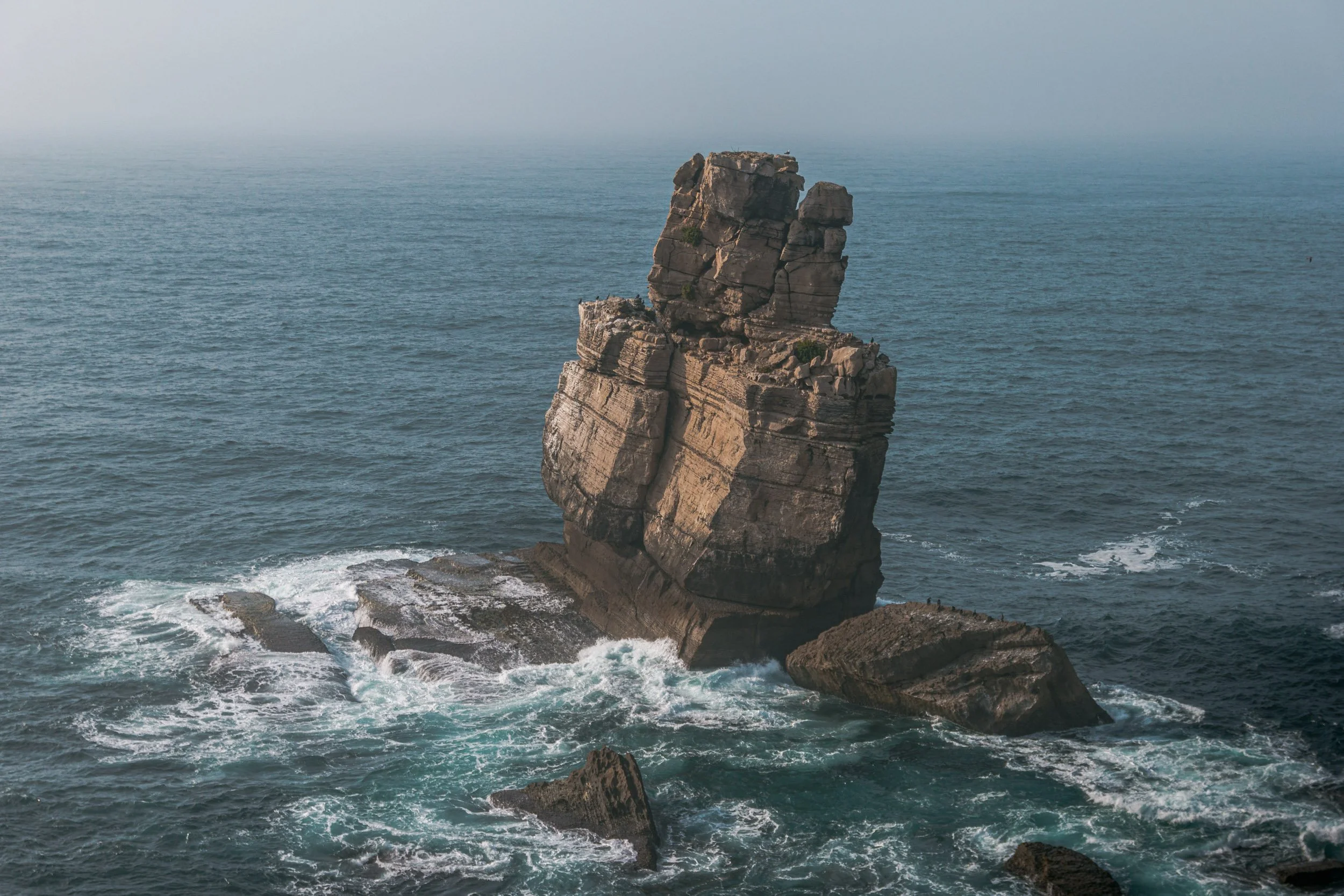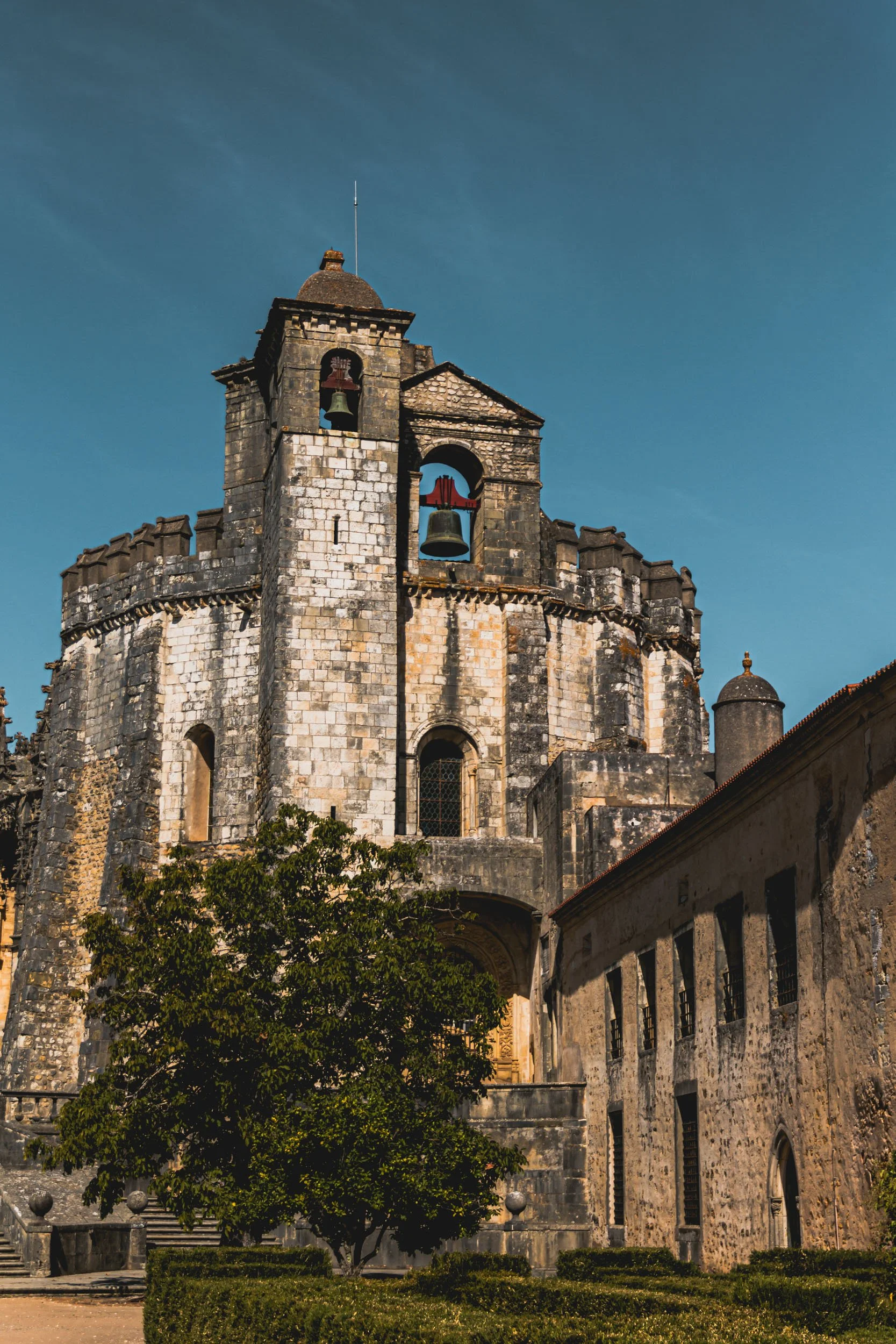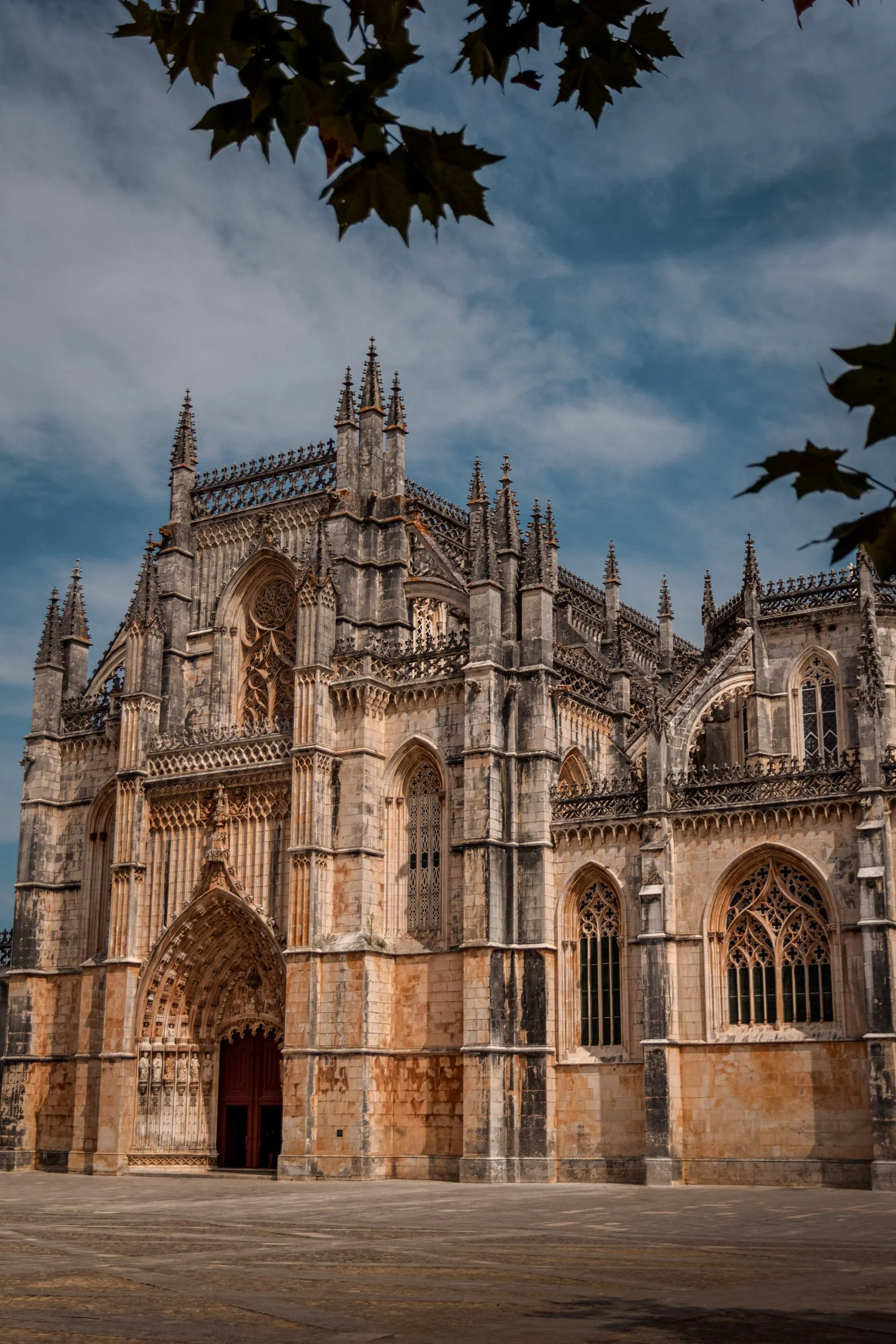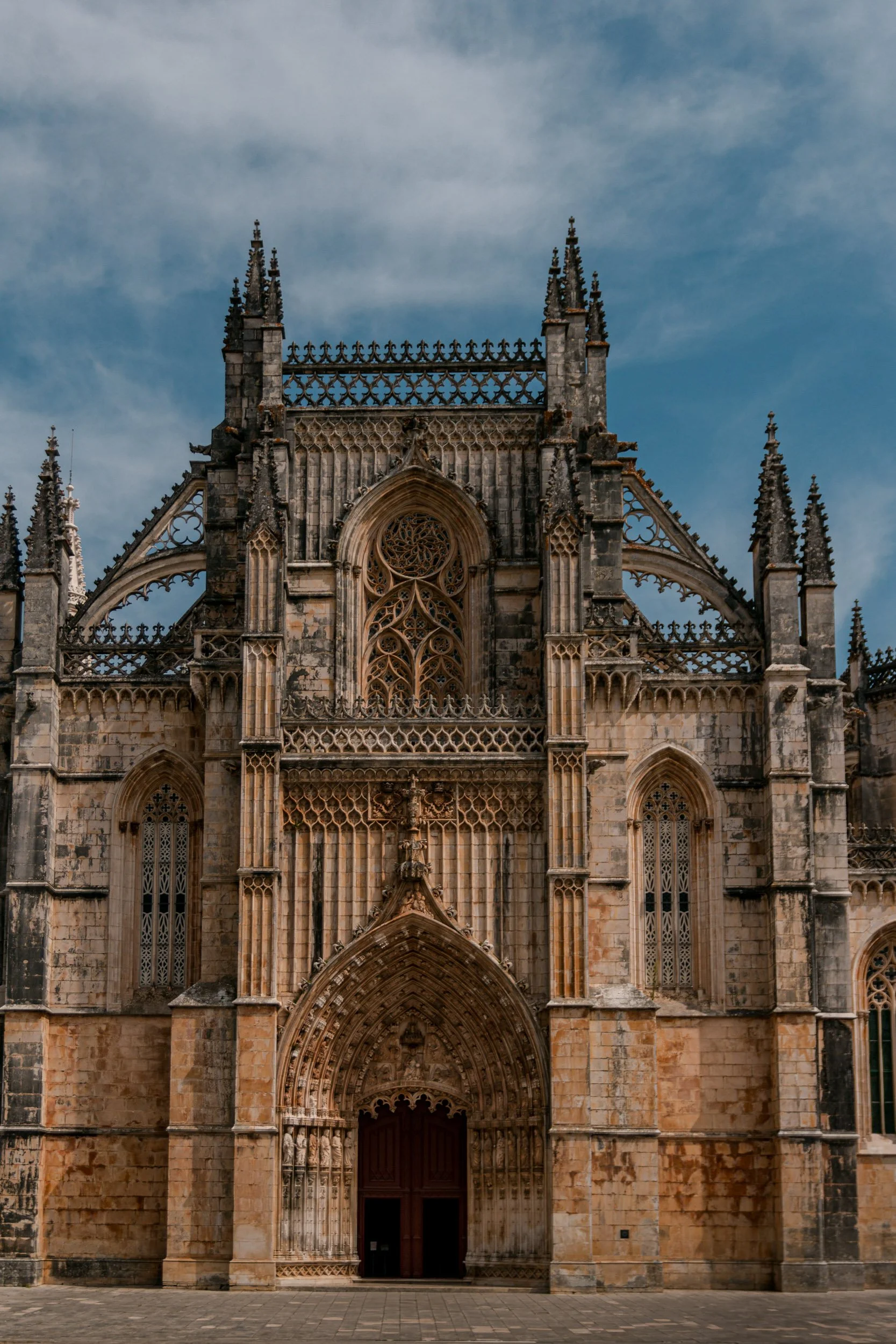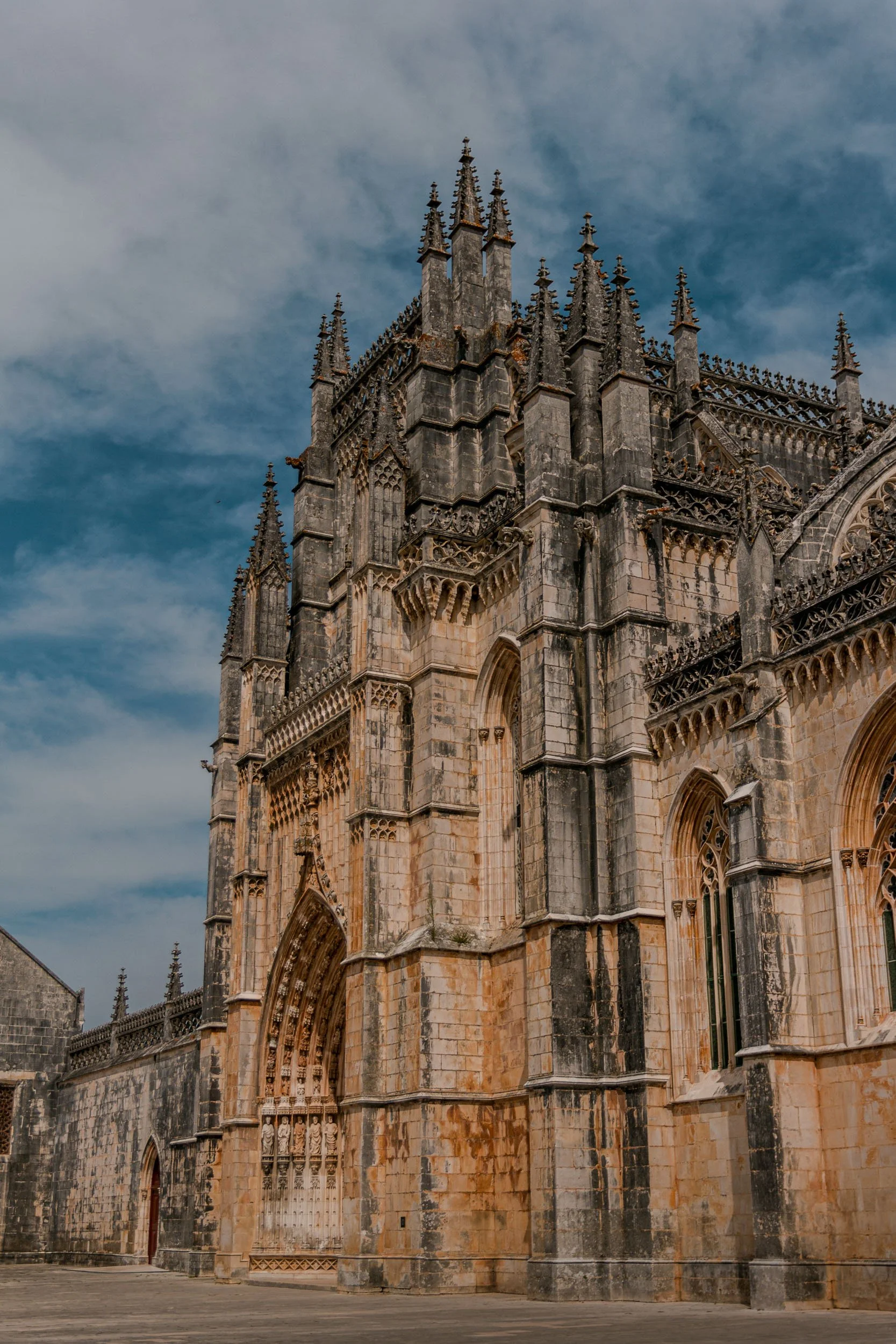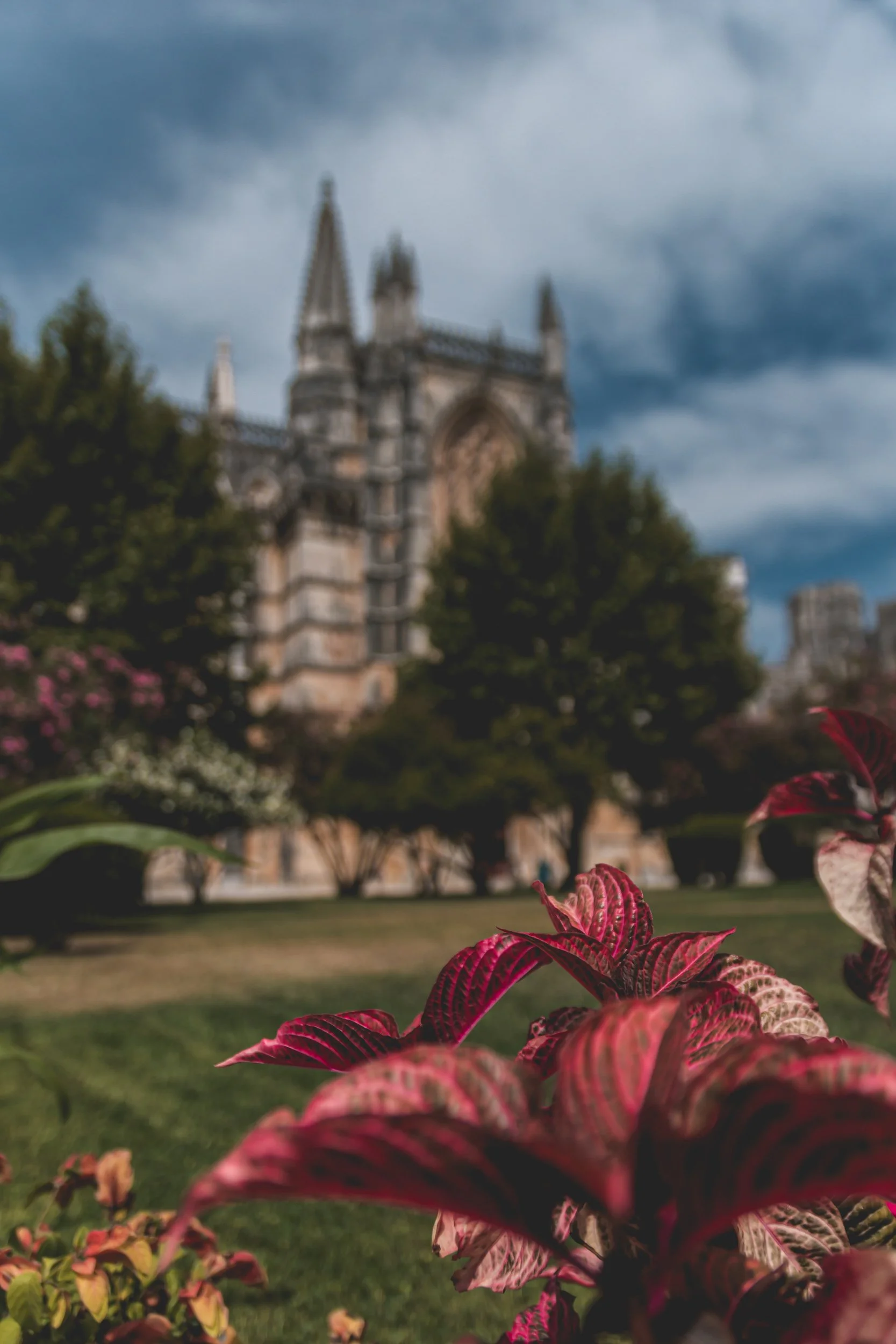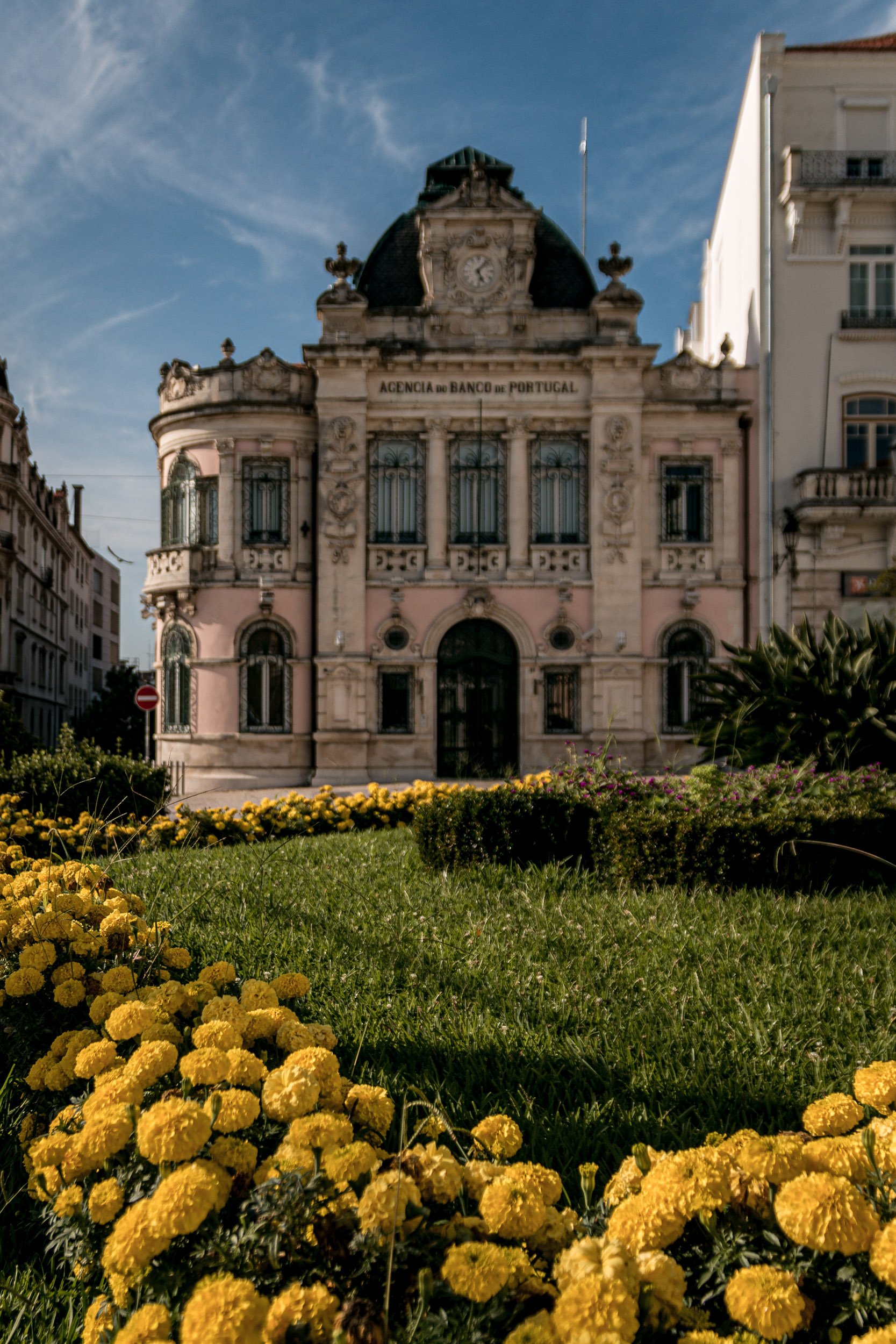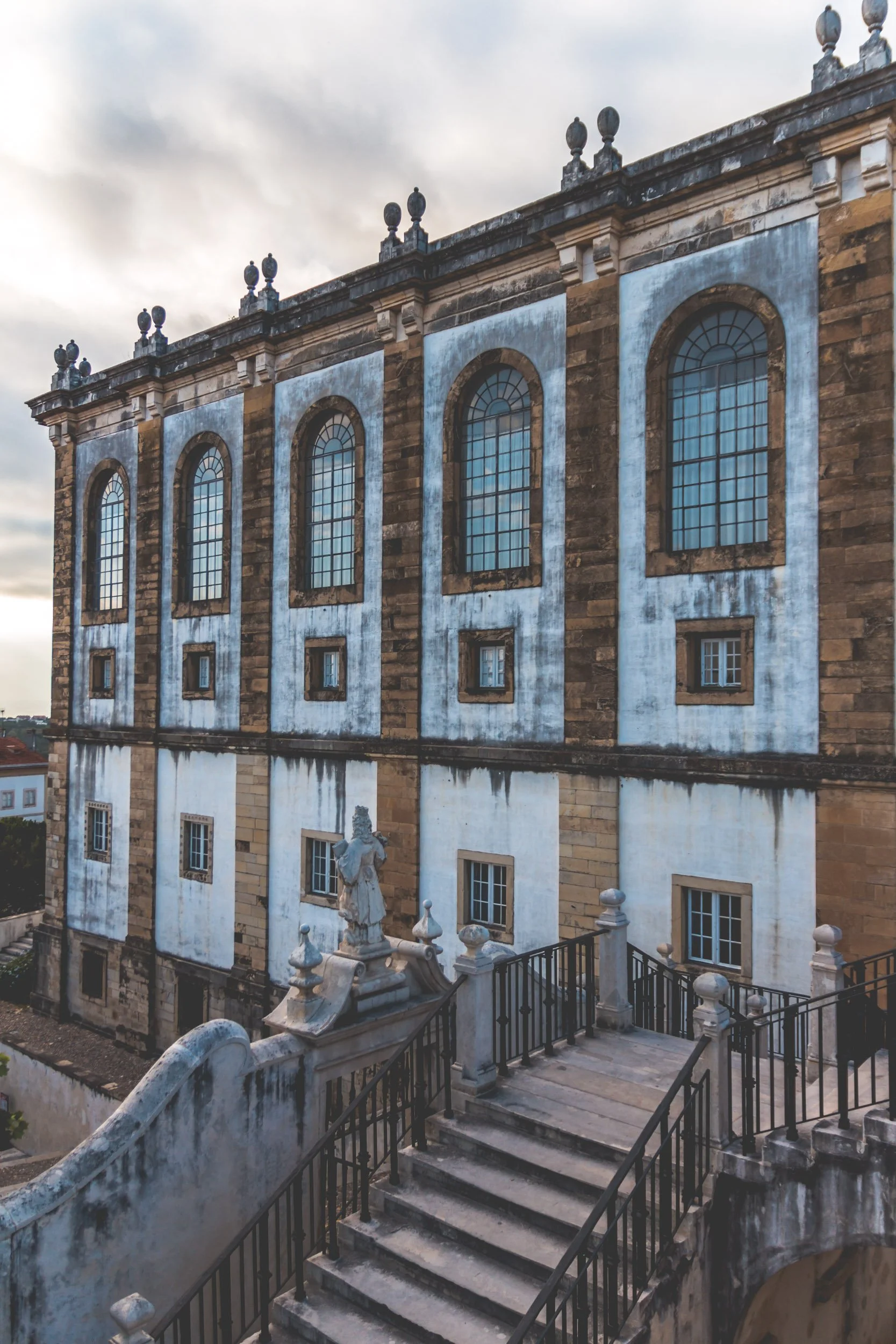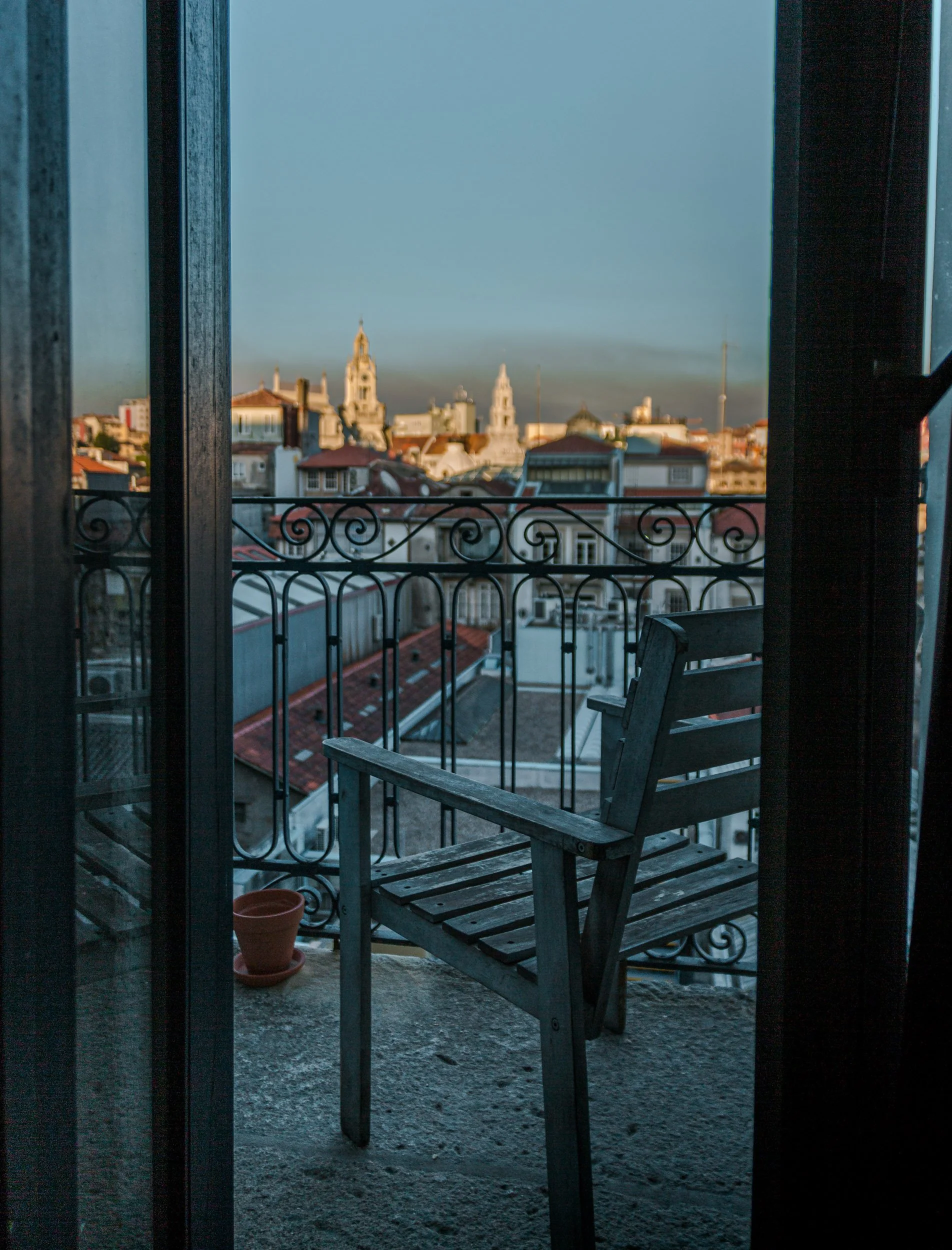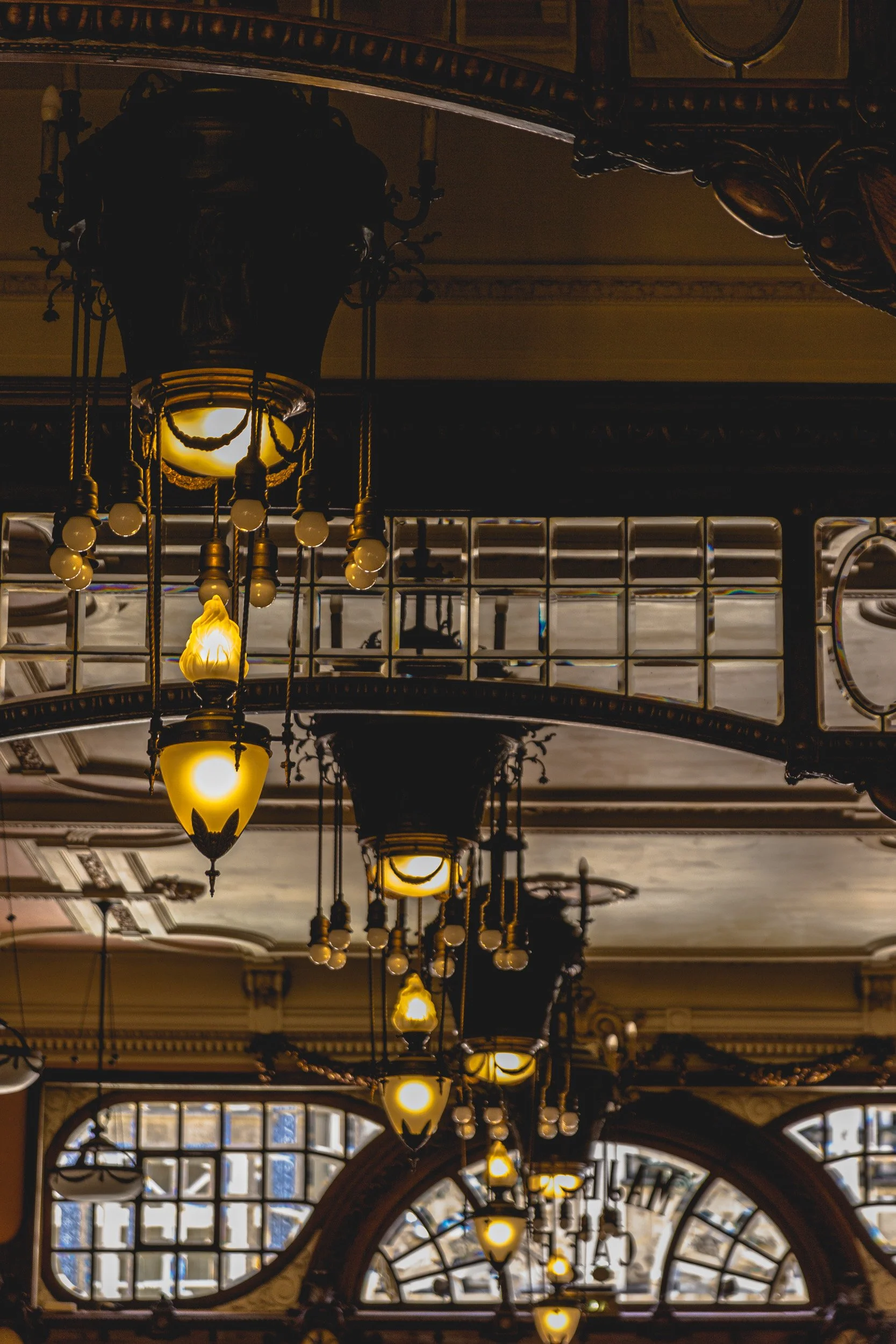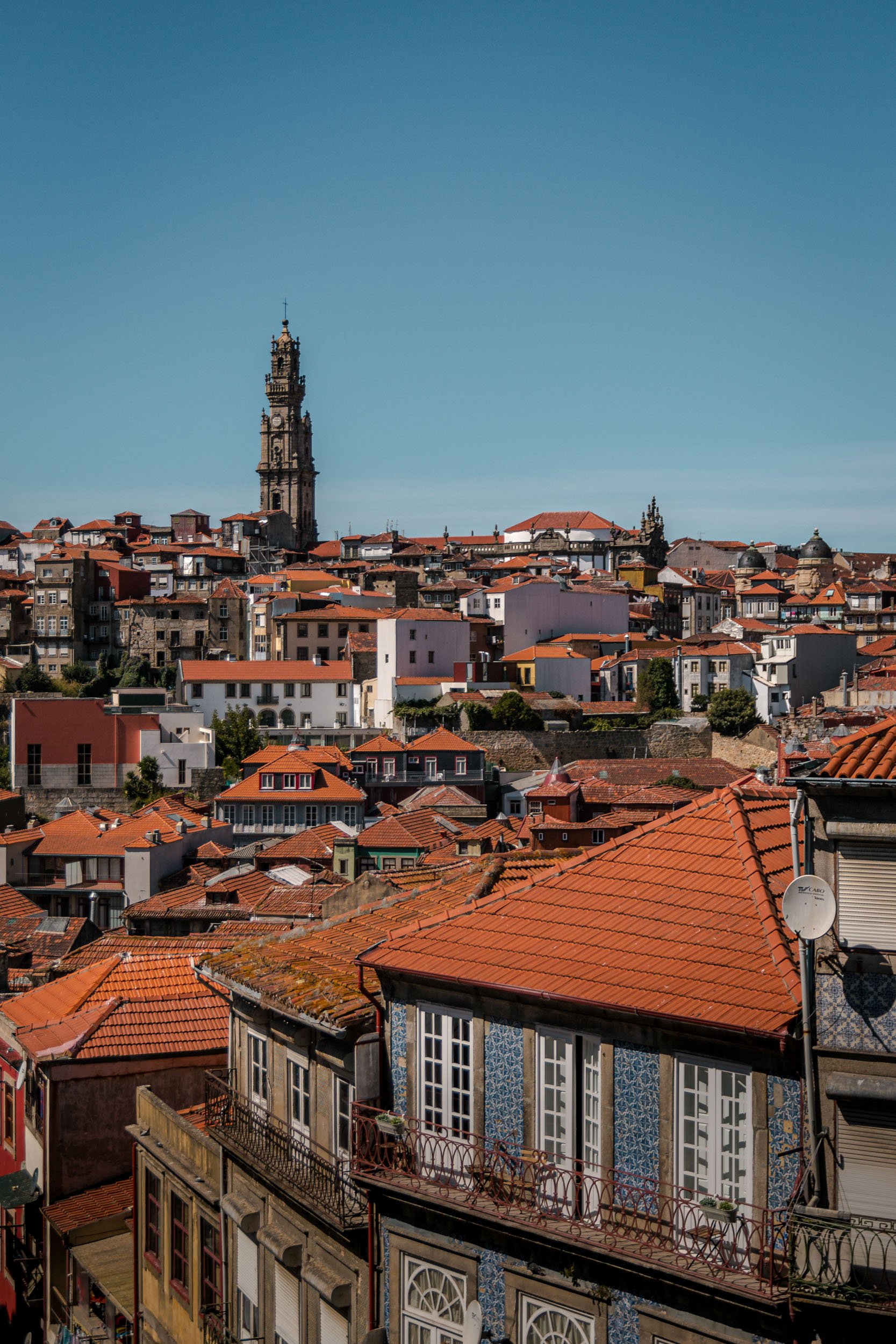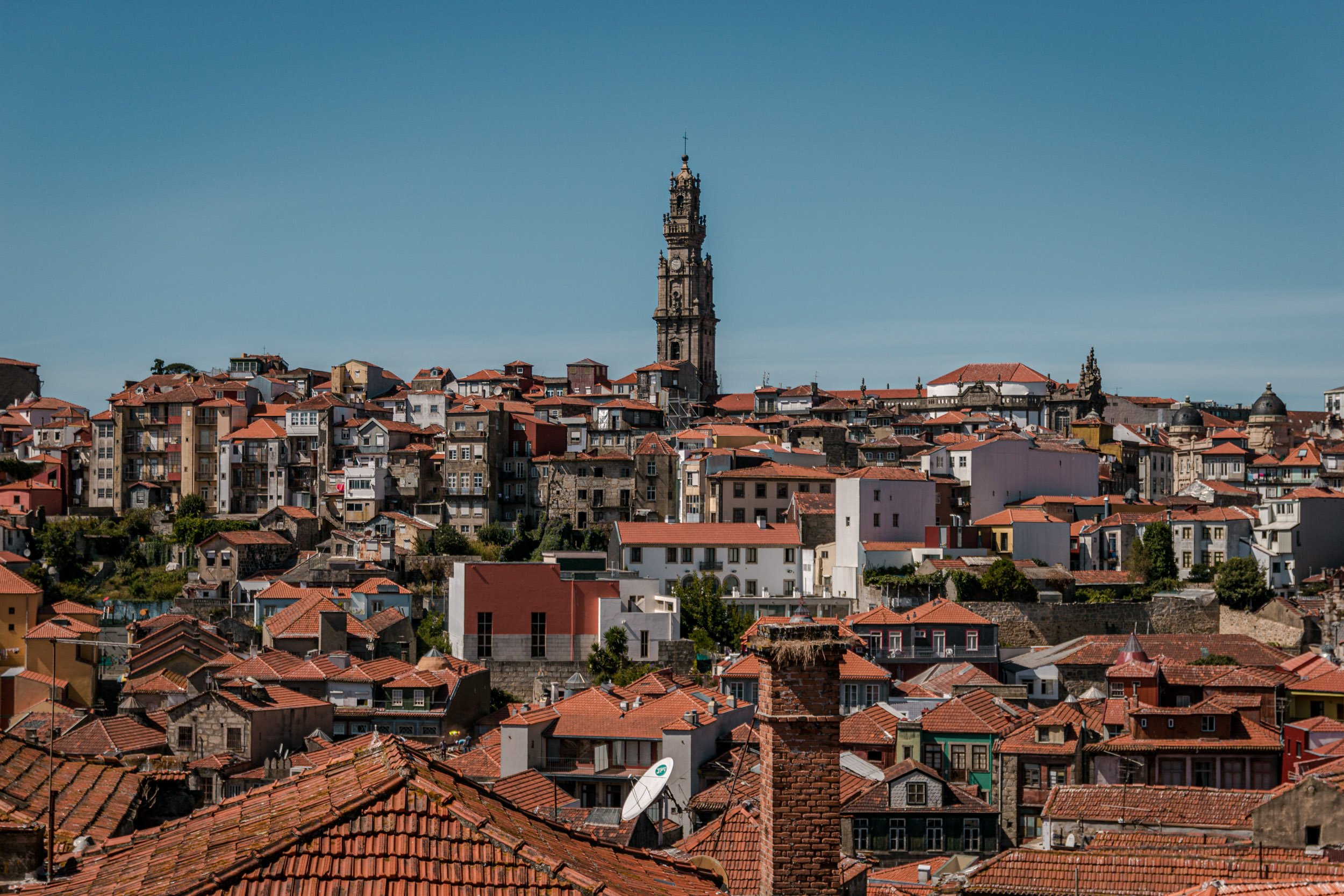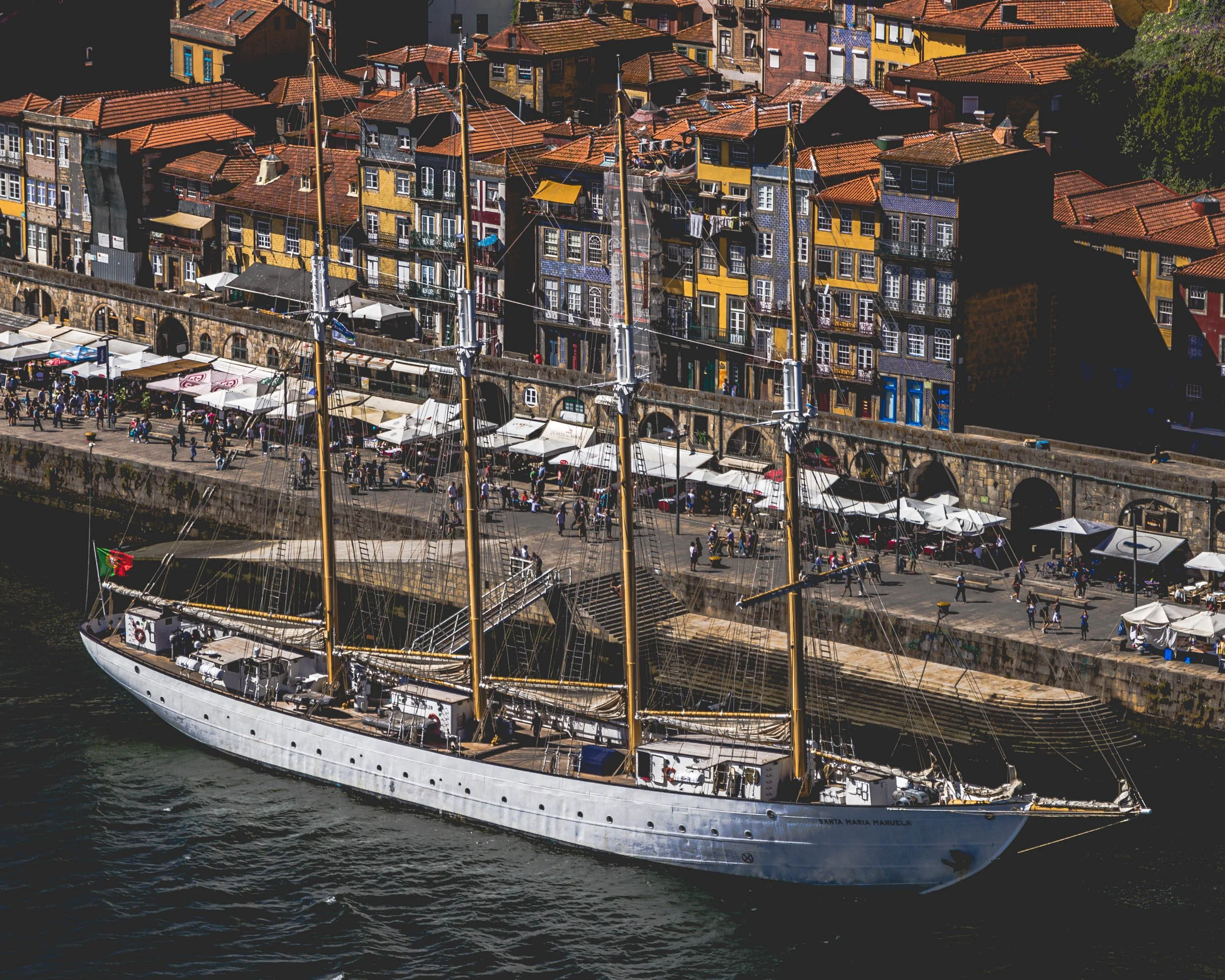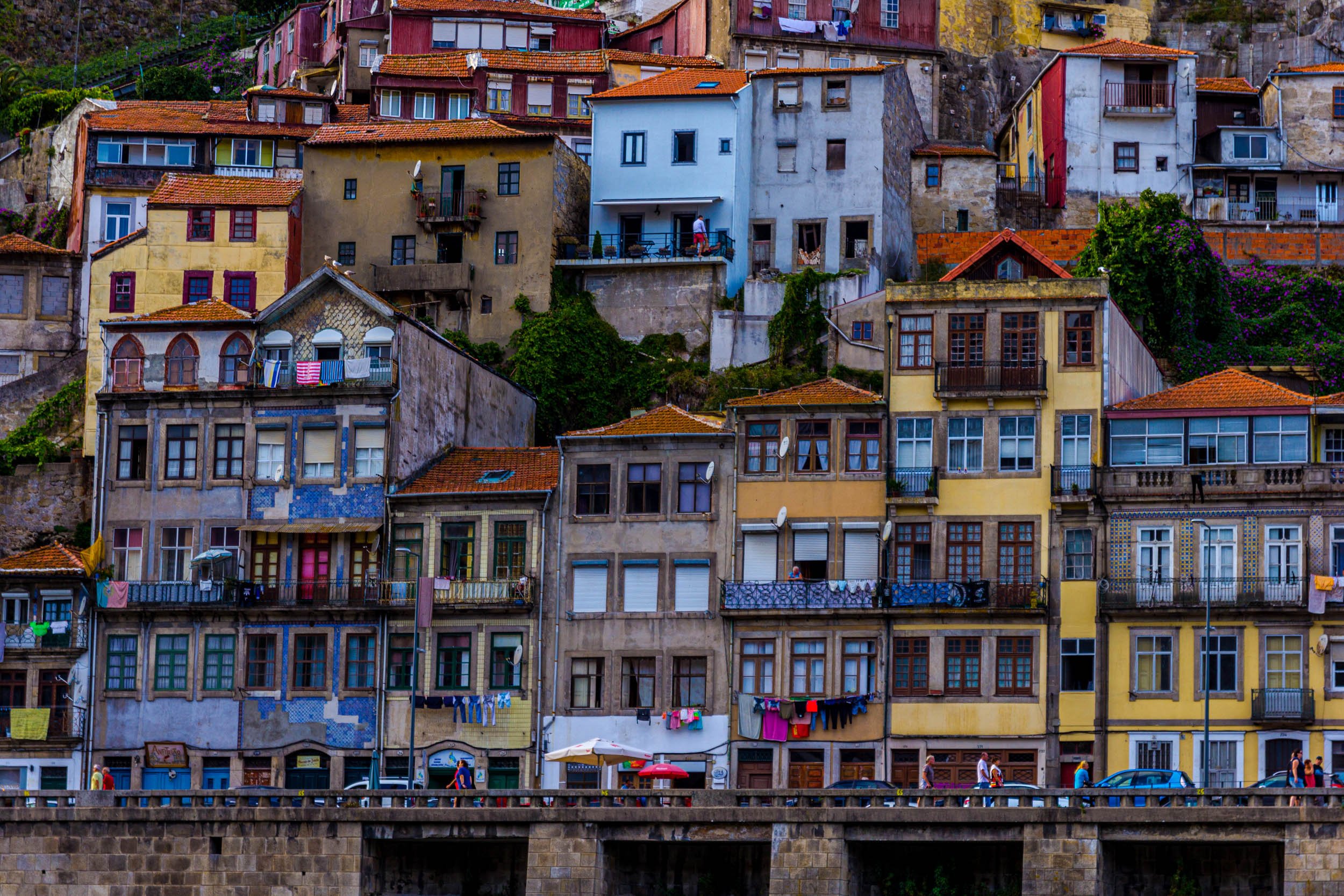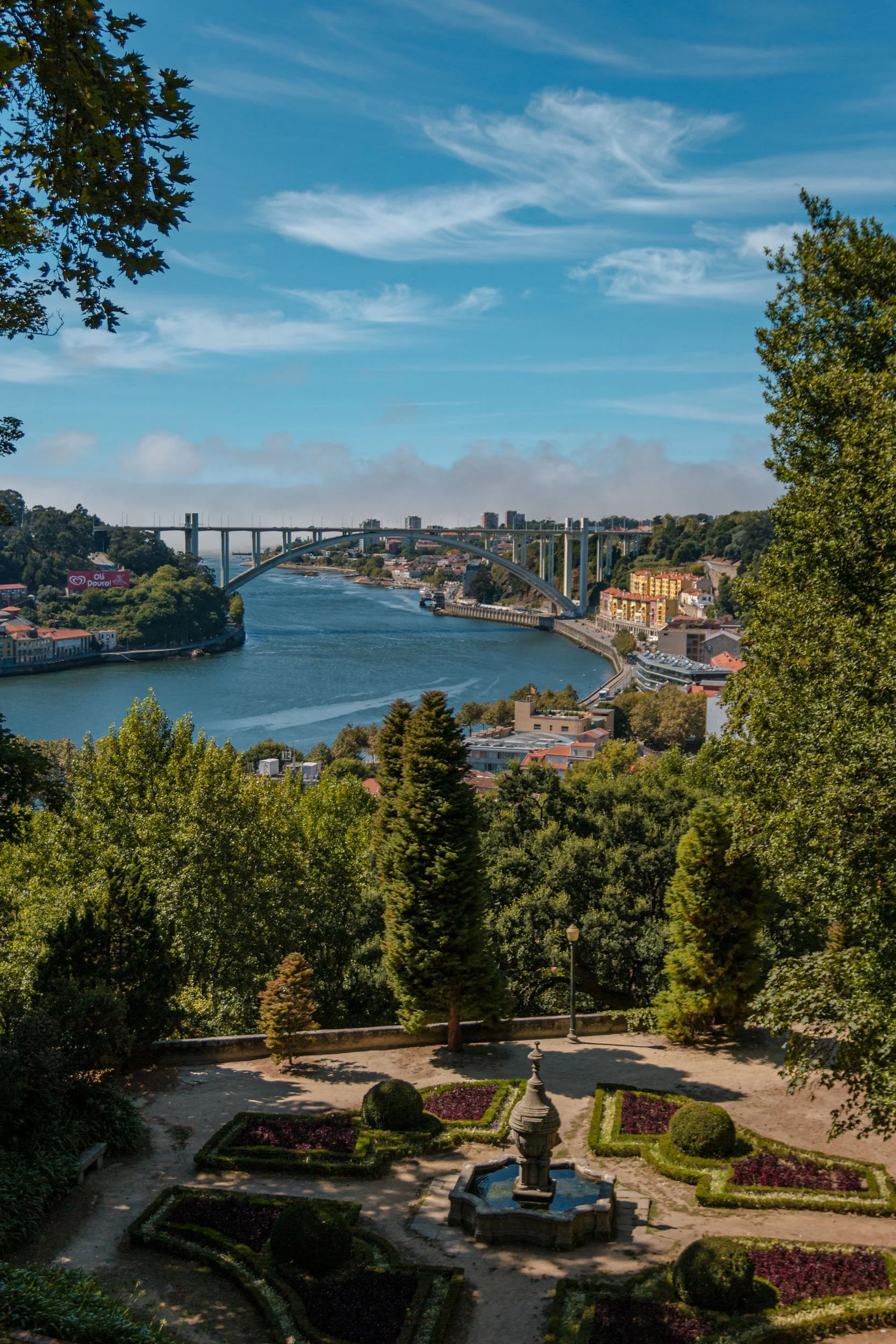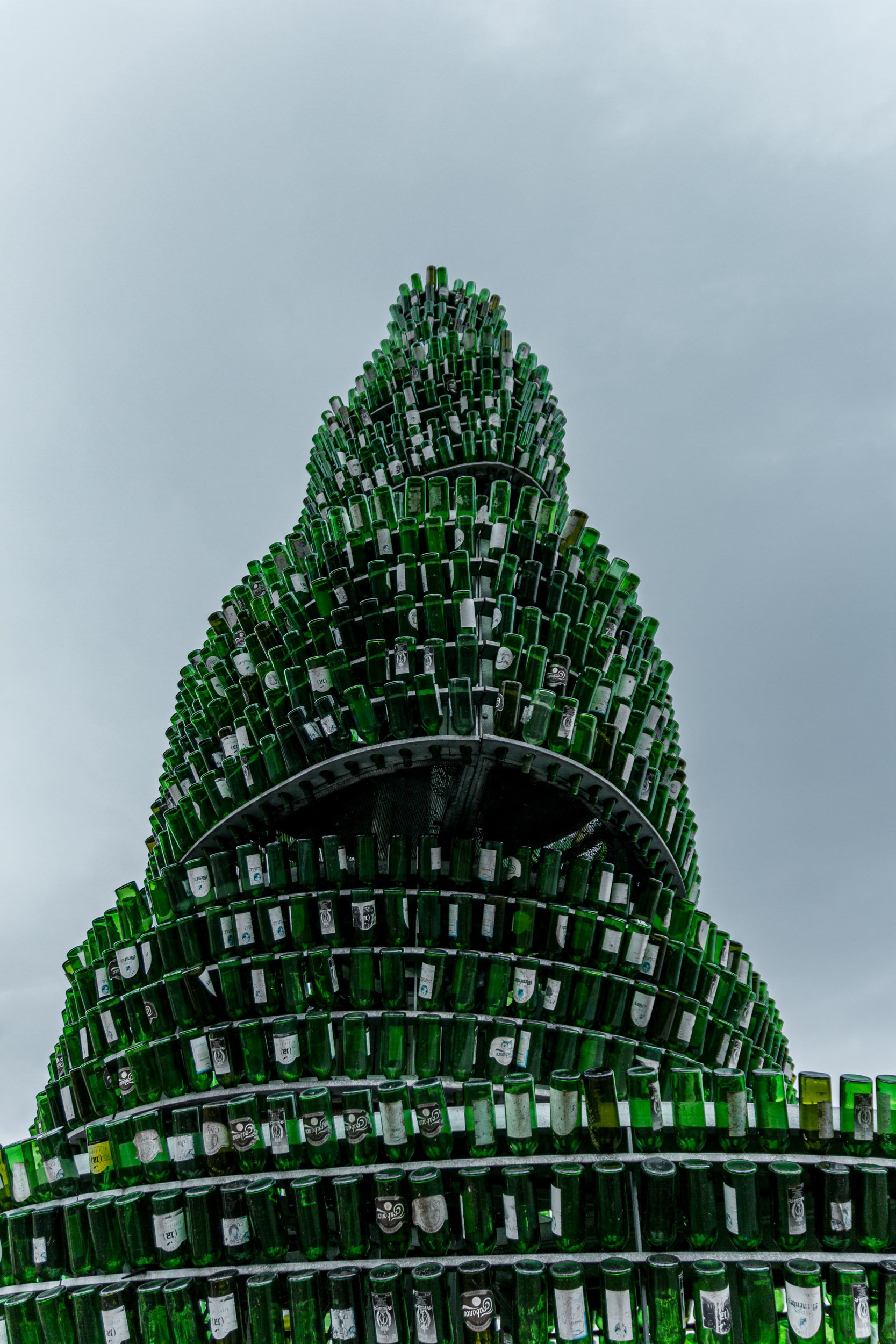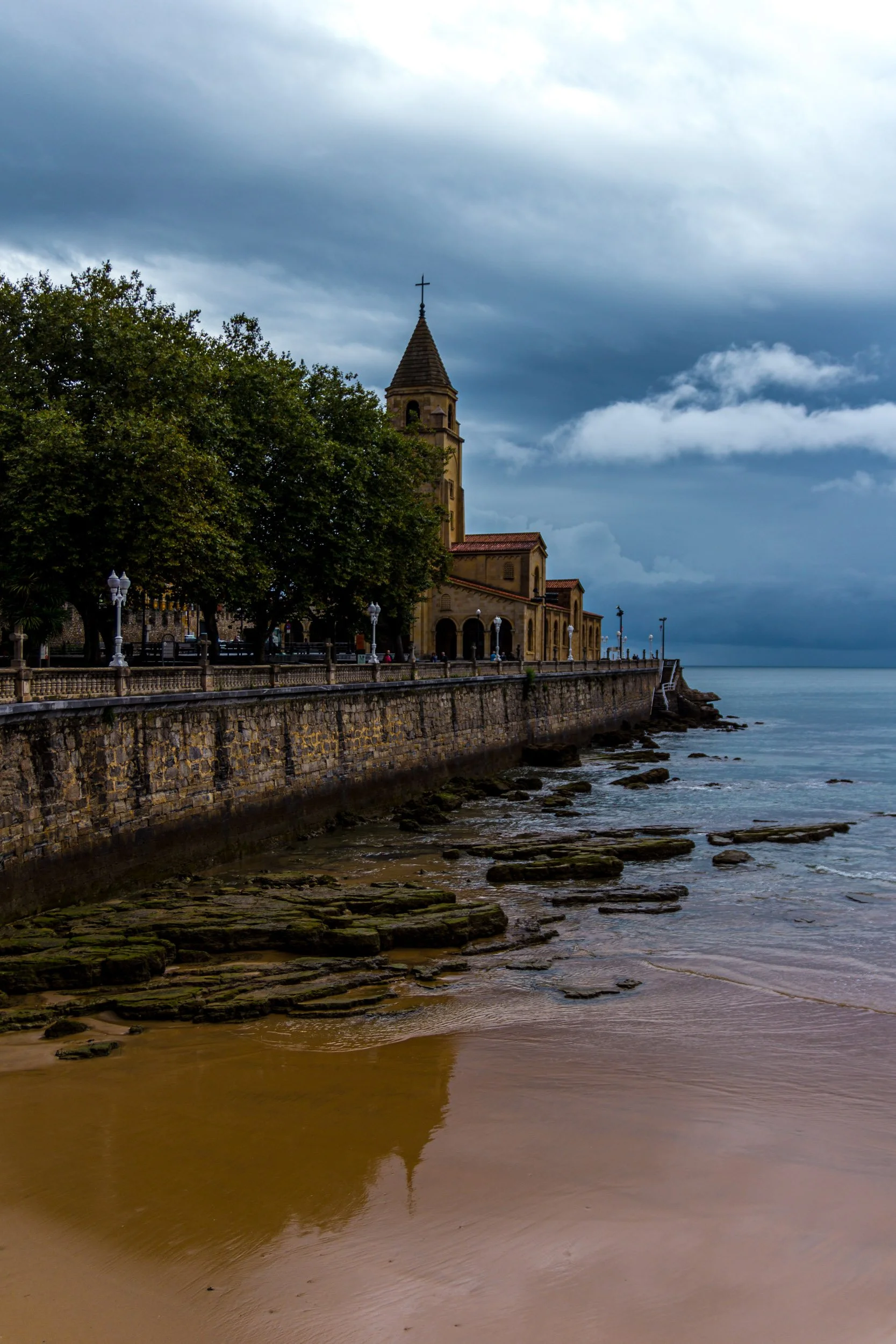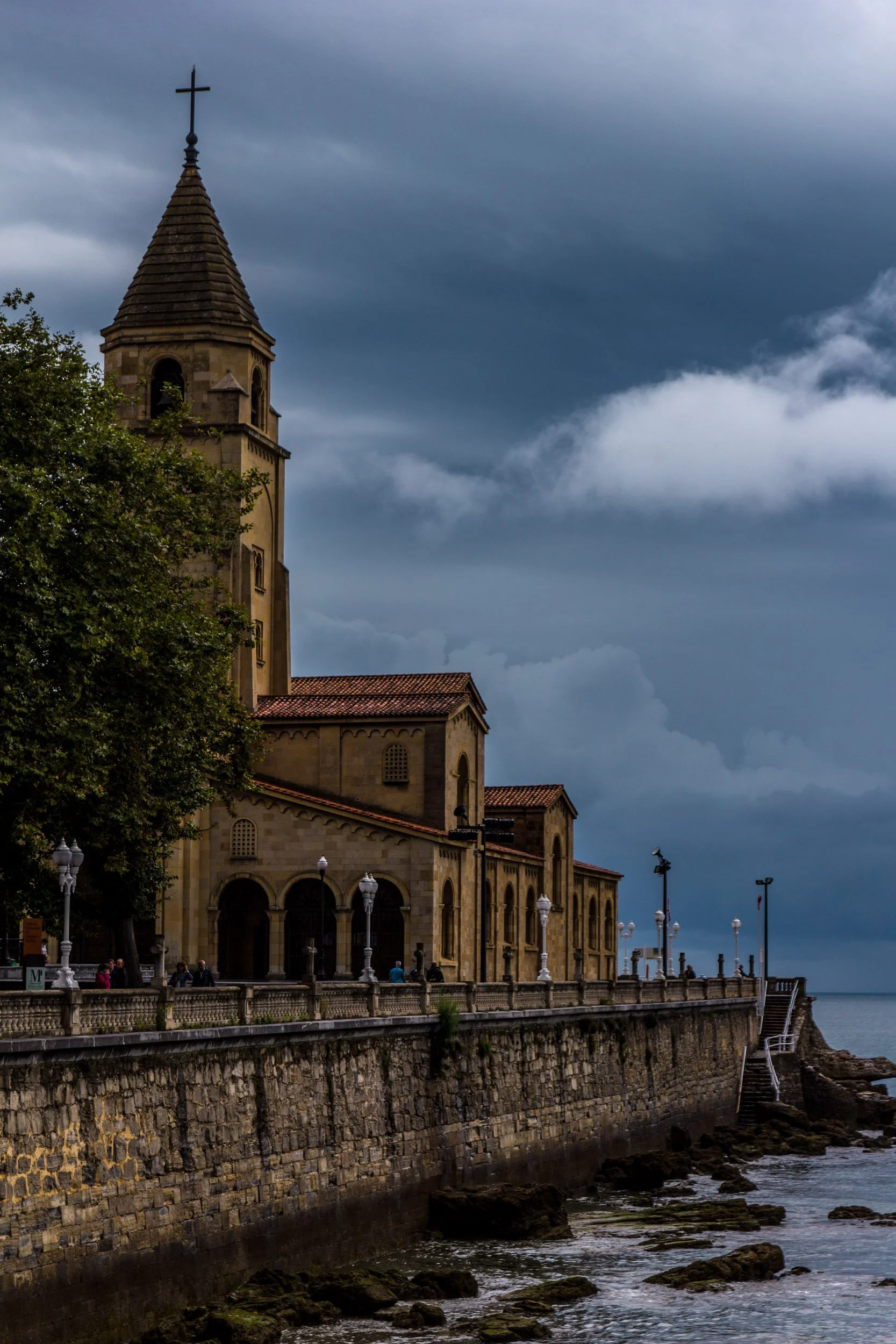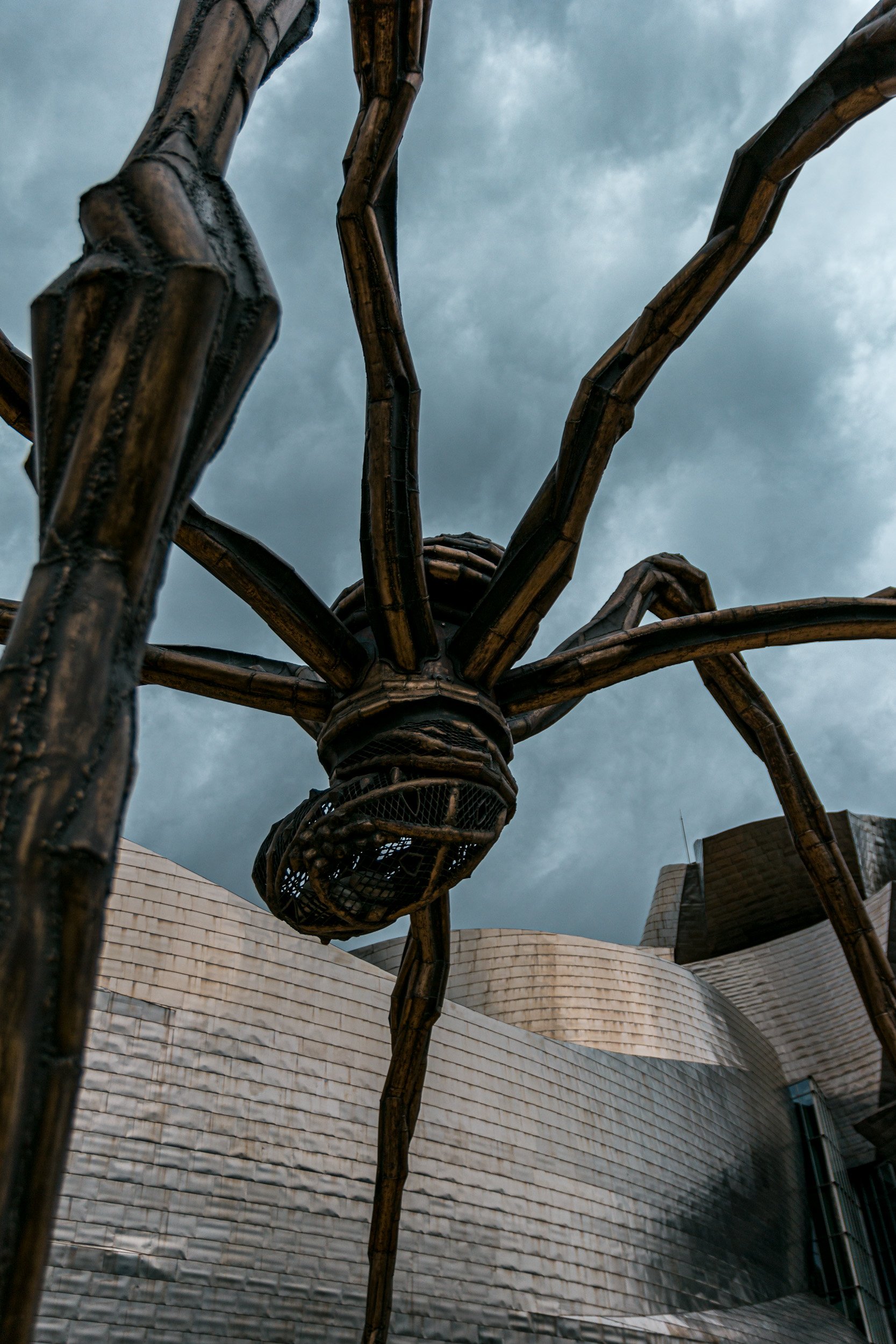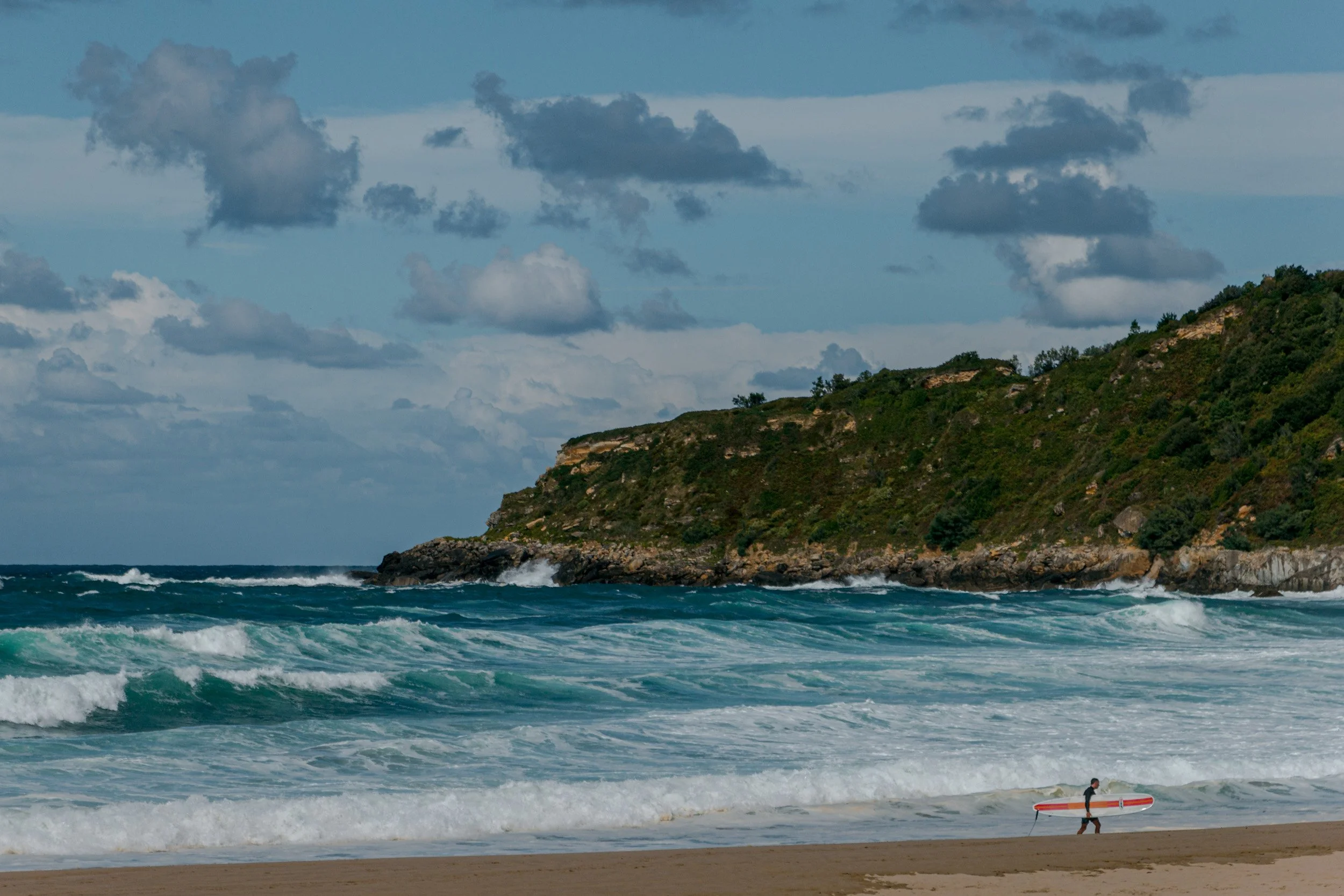
Iberian Peninsula
In 2016 Caroline went on another road trip through parts of Europe, only this time with a focus on the Iberian Peninsula.
Initially this was a Portugal focused trip, but you can’t go to Portugal in just a day if you want to take your own car and start in Frankfurt. So we planned some stops on the road and added some nostalgia to it as Caroline went to some parts in France as a kid, specifically the Côte d'Azur, for me it was the Costa del Maresme. We had 19 days and wanted to spend at least half of that in Portugal, so we planned the rest accordingly.
Details
Visit: August 27th - September 15th, 2016
Season: Summer
Start / End: Milan / San Sebastian (drove from/to Frankfurt)
Transport: Own Car
Kilometers: around 6700
Countries visited: Italy, France, Spain, Portugal
Boarder crossings: 8 (excluding Monaco)
Top 5 places / experiences
-
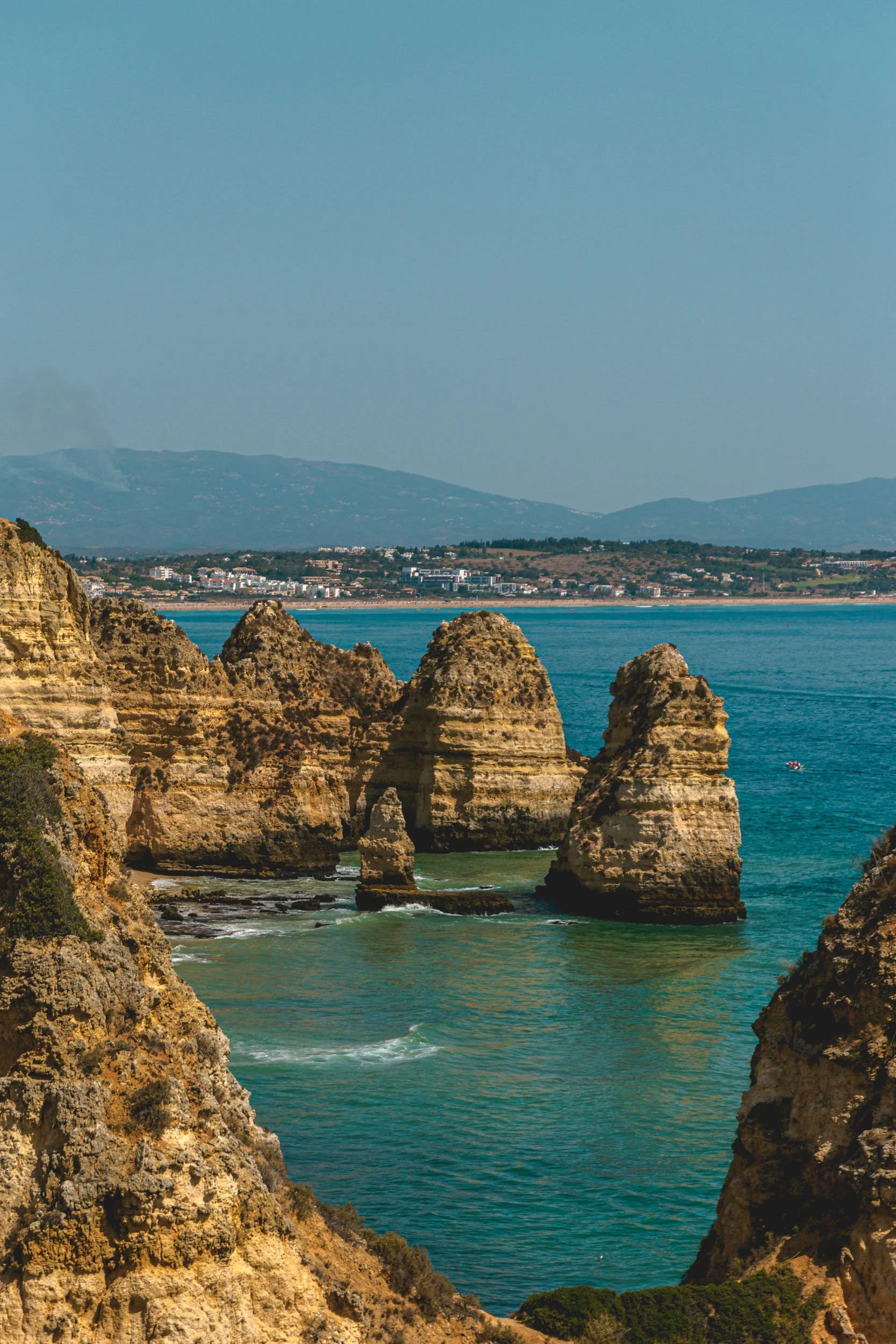
Algarve
-
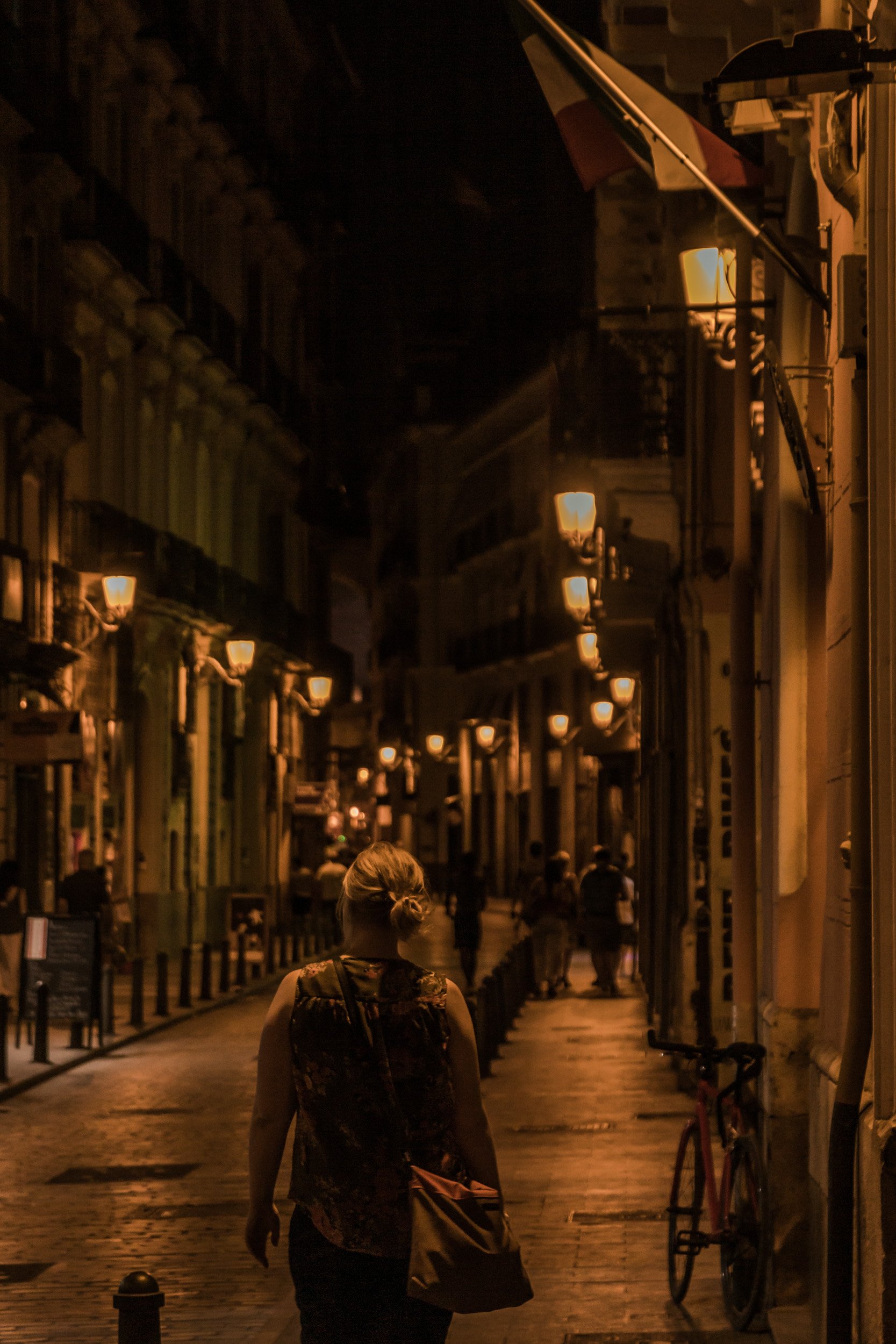
Tapas in Valencia
-

Port wine tasting in Porto
-

Strolling through Lisbon
-
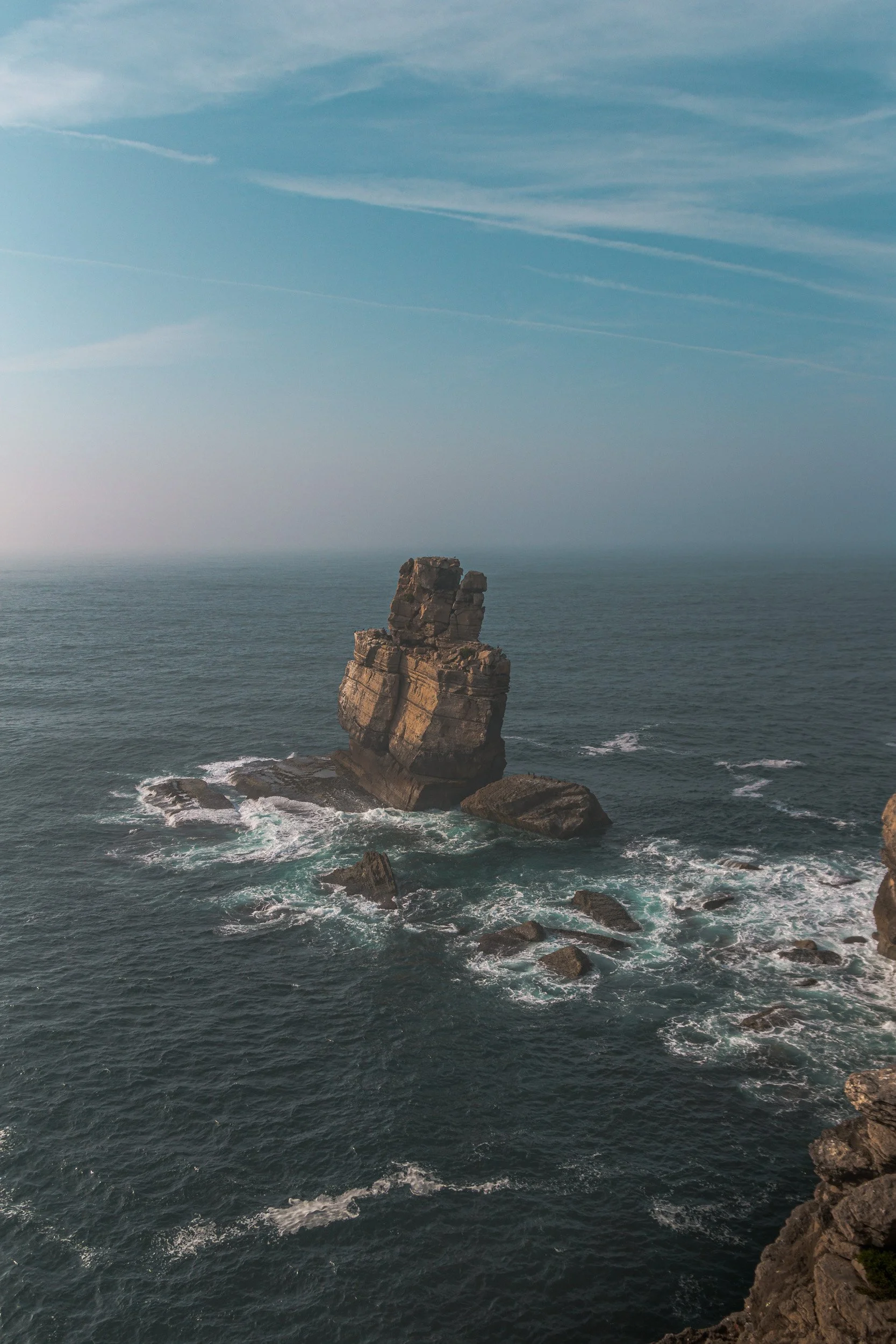
Cape Carvoeiro
Going to Portugal
Our trip started in Milan, but we didn’t spend a lot of time in the city as we wanted to head further south to the Côte d'Azur in France. We drove along the coast, made a stop in Monaco and drove to Frejus. We stayed here because Caroline wanted to see this place after having spent some time here on vacation with her family as a kid, so we explored the town a little and went to the port for dinner.
The next four days were comparable intense in terms of driving. We had to cover over 2.000km within the next 4 days to get to Seville. We didn’t have to, of course, but like I said earlier we’d rather spend more time in Portugal as planned originally. So we drove along the coast as muss as possible and made stops on the way. The first one was Perpignan in France, a nice little town not far from the boarder to Spain.
The next day we drove to Valencia. We didn’t stop in Barcelona, but we made the second nostalgic detour: Pineda de Mar. I spent three summer vacations in this little town when I was little, so I wanted to see how it looks like today. We drove along the coast for a bit and then returned to the road leading us to Valencia. We spent some time exploring the city in the evening and the next morning and I really liked the city. Some of my favourite sights were the Ciudad de las Artes y las Ciencias which is a futuristic building complex dedicated to culture and science (though we didn’t go inside), Mercado Central, a market place built in 1928, the Cathedral of Valencia, the Torres de Serranos, an ancient Town Gate, and the Plaça de la Reina. We also did enjoy tapas for the first time in this vacation and I just loved the Jamón ibérico. That would be on the menu for the next few days, for sure.
The drive to Malaga would be another long drive along a beautiful coast line with some stops on the way, highlighting Alicante for example. That beach is amazing with the view of Santa Bárbara Castle, but we neither went for a swim (the beach was crazy busy) nor for a hike up to the castle as it was just to hot for that. We arrived in Malaga in the late afternoon, so we again did some sightseeing in the evening and the next morning. Our hotel was located next to Teatro Romano de Málaga and the Cathedral of Malaga, so there were enough opportunities for sightseeing as well as food. Our hotel also had a roof terrace with nice views of the city.
Our drive continued to Seville. You could think that’s a rather short drive compared to the days before, but we weren’t quite there yet as we wanted to continue the drive along the coast to get a look at the Street of Gibraltar, Gibraltar itself and the African continent. We didn’t cross the boarder to Gibraltar, though. There was quite a line of cars and it would have taken too much time. Time, that we invested into the roof top pool area accompanied with a fresh beer at our hotel in Seville. Different city, but our itinerary was similar: some sightseeing in the evening, dinner, some more sightseeing in the morning and off to the next stop. Of course, all of these cities are different, but they do have in common that we were really enjoying spending time there. It was great to stroll around the cities with all these beautiful buildings, the weather was great and the food was delicious. Some sights we visited in Seville are the Catedral de Sevilla, the Iglesia de San Ildefonso, Metropol Parasol, the Plaza de Toros de la Maestranza (we didn’t go inside), Torre del Oro and La Giralda.
Algarve
On the 7th day of our trip we finally crossed the border to Portugal and headed towards the Algarve region. We planned to stop in Faro, but soon after we arrived I checked my phone and saw a missed call from a number I couldn’t recognise. Turned out, our hotel in Lagos that we booked for the upcoming two nights forgot about us and was already booked out before we arrived. Never really had that issue with something booked on Booking.com and I use the platform a lot. So we drove to Lagos right away to talk to the owners and after a talking to them and Booking.com support we found another place to stay in Lagos which wasn’t that easy - as you know its Lagos in summer. In hindsight the alternative apartment like accommodation was even better for us as it was located in the old town and a lot quieter than the one we booked before.
After that rough start we enjoyed the time in Lagos a lot. The old town was nice to walk through and the beaches are great, especially with all these cliffs around. Of course, we also went to Ponta da Piedade where you can explore some caves and stunning rock formations from different lookouts. Probably one of my favourite spots of this whole trip! You can also do boat tours there.
If you continue driving along the coast you’ll get to another highly photogenic spot: Sagres. You cannot miss the fortress. There is a church inside (Church of Our Lady of Grace), a small lighthouse and a small spiral maze (A Voz Do Mar) that is kind of a sound installation to enhance the sounds of wave. You’ll some great views of the coast line, too. We continued to the southwestern edge of Portugal, Cabo de São Vicente. Great views again (Pedra das Gaivotas looks like a shoe to me), a lighthouse and the last „Bratwurst“ before America - some Germans might have hear about them. We made one more short stop in Sines and then continued to Lisbon.
Lisbon
With arriving in Lisbon we kind of changed our transportation from car to feet. Of course, there would be some driving in the next few days, but the distances to Tomar, Coimbra and Porto were way less than we were driving the days before, so there was more time for walking and hiking. I actually checked my phone which tells me that we covered distances from 10 to 15 kilometers each day, walking up 30 floors in average. Adding some summer temperatures you can probably imagine that it could get exhausting from time to time. We had one full day and the next morning in Lisbon, so we had to decide which sights we would want to visit.
- Of course we went to St. George's Castle, explored the castle itself and enjoyed the views over Lisbon as well. You walk up to the castle, but we decided to take the Elevador Castelo to skip some of the walking part. Back down we took the famous Nostalgic Tram nº 28. These are usually packed, but we were lucky enough to get a spot on one of them.
- We also went to the probably most picturesque funicular, Ascensor da Bica, leading up to the Bairro Alto.
- We visited Praça do Comércio, a public square on the waterside where you’ll find lots of cafes, restaurants and shops as well as some other sights like the Museu de Lisboa, the Lisboa Story Centre, the pier Cais das Colunas, as well as the impressive arch Arco da Rua Augusta built in 1875. You can also see the Golden Gate-style suspension bridge Ponte 25 de Abril and a statue of Jesus Christ inspired by the the Christ the Redeemer statue in Rio de Janeiro.
- Apart from these well known sights, we just enjoyed being in the city, having shaved ice cream, exploring neighbourhoods and some more sights (eg São Bento Palace and Lisbon Cathedral), eating lots and lots pastéis de nata, drinking Ginjinha
From Lisbon to Porto - UNESCO World Heritage Sites wherever you look!
Our first stop after leaving Lisbon was the beautiful town of Sintra. The town itself has become a UNESCO World Heritage site thanks to its historic passage. It’s famous for its 19th-century Romanticist architecture, its gardens and villas and castles. We specifically visited the Town Hall and of course the National Palace, looked through some shops, had something to eat and then went on to Cape Carvoeiro on the western edge of the Peniche peninsula. On your way to the lighthouse there are viewpoints on each way where you can see some stunning cliffs along the coast line. Also, there is a huge rock in the Atlantic Ocean called Nau dos Corvos which would translate into something like a crow ship.
From there we drove to Tomar, our first of two stops on the way to Porto. There are some nice streets to walk around, some sights to visit like the Church of Santa Maria do Olival and the square itself where the Church is located. There are also some restaurants. But we obviously came for the main attraction of this town, the magnificent Convent of Christ overlooking Tomar. It’s also a UNESCO World Heritage and was founded in the 12th century. Feels like you can get lost inside but also there is so much to see. Takes only a few minutes from the Church I mentioned and we spent around 1.5 hours there.
On our way to Coimbra we visited the third UNESCO World Heritage: the Batalha Monastery. Let me just say that this monastery is beautiful from wherever you look. I think I spent 45 minutes taking photos without even going in, though the photos probably won’t do it justice.
The fourth UNESCO World Heritage Site would be the University of Coimbra which we visited right away when we arrived in Coimbra. It’s one of the oldest universities in Europe. As soon as you enter the university courtyard (Paço das Escolas) through the Porta Férrea you’ll be stunned for a bit and don’t know where to go first. The main attraction for visitors are Johannine Library (Biblioteca Joanina) and the Chapel of São Miguel (Capela de São Miguel). You can go inside the library, but you’ll have to buy tickets for a specific time slot as it’s quite popular with tourists. Another highlight is the Torre da Universidade de Coimbra, especially because you can actually go up to its top and enjoy great views of the courtyard, the surrounding buildings as well as Mondego River. Via Latina also looks beautiful from the outside as does the whole campus of the university. There are several departments and faculties as well as other buildings and statues around a lot of them are beautiful, too, like the square where you’ll find the Centre for Neuroscience and Cell Biology and Faculty of Medicine, the Escadas Monumentais and Estátua de Dom Dinis. I’d suggest that you’ll take some time when you’re visiting Coimbra to explore the whole area for a bit. You might combine it with the waiting time for going into the Library like we did. We started exploring the area in the afternoon and evening when we arrived, but we couldn’t go inside the Library or up the Torre anymore, so we came back in the morning to do that and explore even more.
But that’s not all you can see in Coimbra, there are even more sights that you can visit, like the city’s busy main square, Praça do Comércio, the Monastery of Santa Cruz and the Old and the New Cathedral to just name a few. Coimbra is a place where you can easily spend a day or two.
Porto
We arrived in Porto in the evening and had at least the next two full days planned in the second biggest city of Portugal. In the evening we went out to get a first look of the city and some of the sights (like Igreja dos Clérigos, Misericórdia Church and the riverside) as well. The first full day we spent just walking around the city and visiting sights. Most of them are probably on every tourist attractions list, so I will just name some of them that I remember: Torre dos Clérigos, Palácio da Bolsa, Igreja de São Francisco, Sé do Porto (Porto Cathedral), Igreja do Carmo and Avenida dos Aliados. Sorry for all the Portuguese names, maybe you’ve also made the experience that’s not always easy to find an english name for a tourist attraction.
We also had some coffee at the famous Café Majestic, had more pastéis de nata and Ginjinha and were amazed by the beautiful portuguese Azulejos (painted ceramic tilework) to be found on so many buildings. We spent more time at Cais da Ribeira (riverside quarter) and Praça da Ribeira (riverfront square) and the riverside of Douro River in general, including crossing the Luís I Bridge and enjoying the views from there. Since we were already on this side of town, we went a bit further to explore one the most famous exports of Porto: the port wine. You’ll find some of the manufacturers southwest of Luís I Bridge. We went to Graham’s Port Lodge and had luck to attend one of their tours. The tour was great, the people, too, and I didn’t expect to be liking port wine that much. We enjoyed the tasting and bought some wine to bring home.
Our second full day was a bit different as we didn’t really spent it in Porto, but we continued learning more about port wine as we went on a boat trip along the Douro River. We actually booked a Scenic Rail and Boat Cruise, meaning we took a train to Regua and went back by boat. The train ride gives you a different perspective and brings you faster to the Duoro Valley. From there you take a boat back enjoying beautiful landscapes and vineyards and have some wine und food on the way. Great trip and I think it’s worth the price. We did some more sightseeing in the morning and afternoon before we left for Spain again. Some of the sights I already mentioned above, though I didn’t mention Jardins do Palacio de Cristal, our last activity in Porto, which is a beautiful garden that also provides great views of Porto and the Duoro River.
Northern Coast of Spain
We had four more days to continue our trip on the northern coast of Spain. Our first stop was the beginning (or end, if you wish) of the Way of St. James (also known as Camino de Santiago, in Germany it’s called „Jakosbweg“): Santiago de Compostela. We might have left Portugal, but apparently we didn’t leave our UNESCO World Heritage Site route as the Old Town of Santiago de Compostela is also part of this list. Of course, we explored the Old Town and were stunned by the Cathedral of Santiago de Compostela.
Our next stop was Gijon where we spent some time walking along the water side. There are some nice beaches like Playa de San Lorenzo and Playa de Poniente to relax at. Also, the Playa de San Lorenzo provides great views of the Iglesia de San Pedro Apóstol, which were getting even better wirth dark clouds rolling in. Between those beaches you will find the Árbol de la Sidra, a beautiful monument built out of Sidra (cider) bottles. It’s the most popular drink in town and there is even a Sidra Festival at the end of the summer. Also, watch the waiter serving the Sidra - if that's not celebrating the drink I don't know what is.
The rain that came to Gijon in the night followed us to Bilbao, unfortunately, but that didn’t stop us from exploring the Old Town (Casco Viejo). We also went to see the Guggenheim Museum, which is more famous for it’s metal design than anything else, probably. There are some interesting sculptures surrounding it, too, like a giant spider or the „Puppy“ by Jeff Koons. We ended our sightseeing trip with a stop at the Bilbao Cathedral and having some delicious Pintxos, one of the most famous food creations in the Basque Country and available everywhere you go.
That brings us to our last stop of this road trip before going back to Frankfurt: San Sebastian. I spent some days in this town a couple of years ago and I wanted to go back. Unfortunately, not only our trip was about to end, apparently that also applied for summer. It wasn’t as warm anymore, so we only spent some time at the beach (Zurriola hondartza) watching surfers do their thing. You can also see the Mota Castle from there, but even better from the beautiful beach La Concha Beach at the bay of La Concha. Between those beaches you will find the beautiful Old Town of San Sebastian (Parte Vieja). We strolled through the alleys, visited the Iglesia de San Vicente (Saint Vincent’s Church) and had lots of Pintxos again before we left for Germany. Initially we had planned to spent some more time in San Sebastian in the morning and spent a night in France half way to Germany, but we decided to do the whole drive in one go. So this was it, our trip to Portugal and back again. We drove almost 7000 kilometers and had an amazing time on the Iberian Peninsula.
